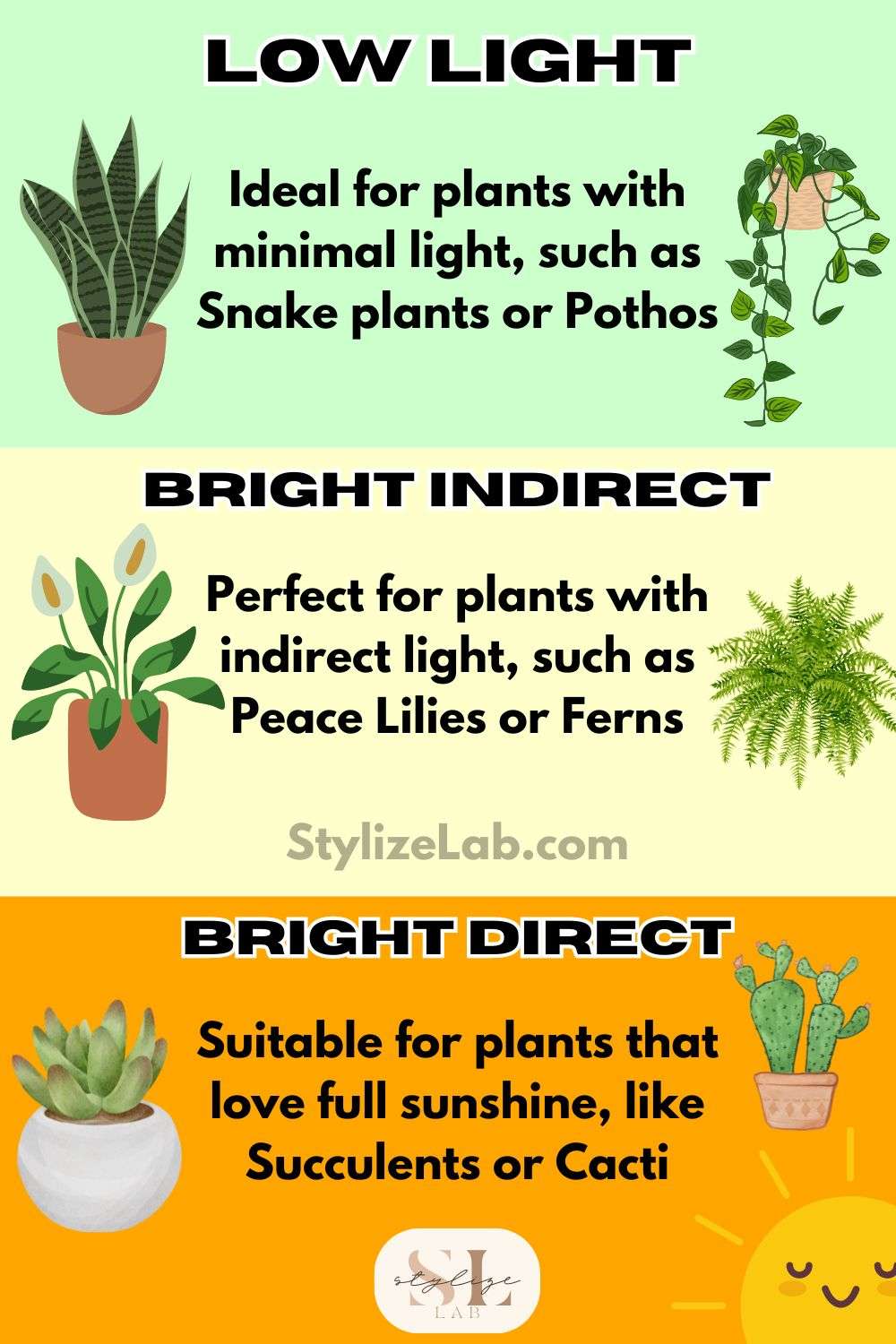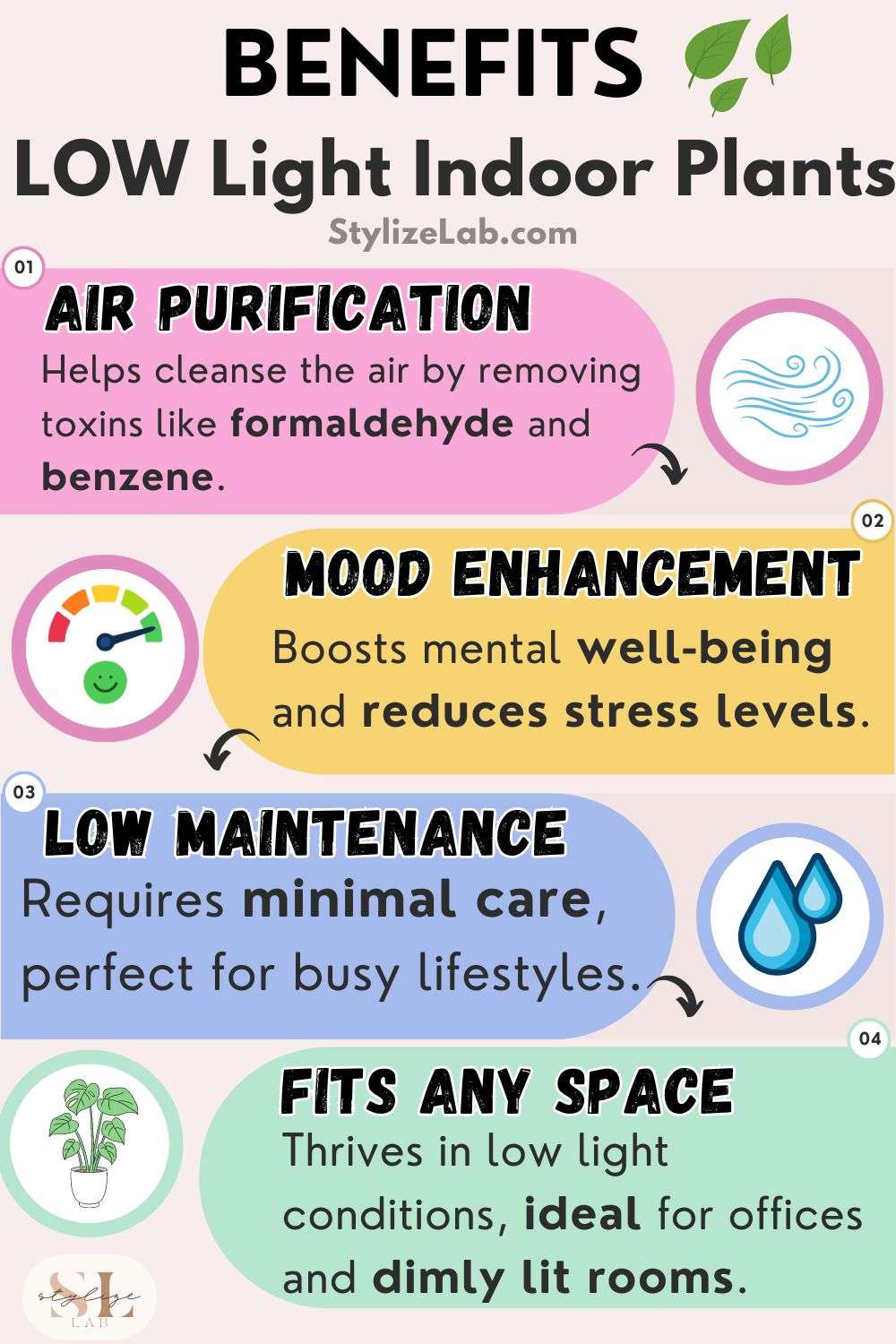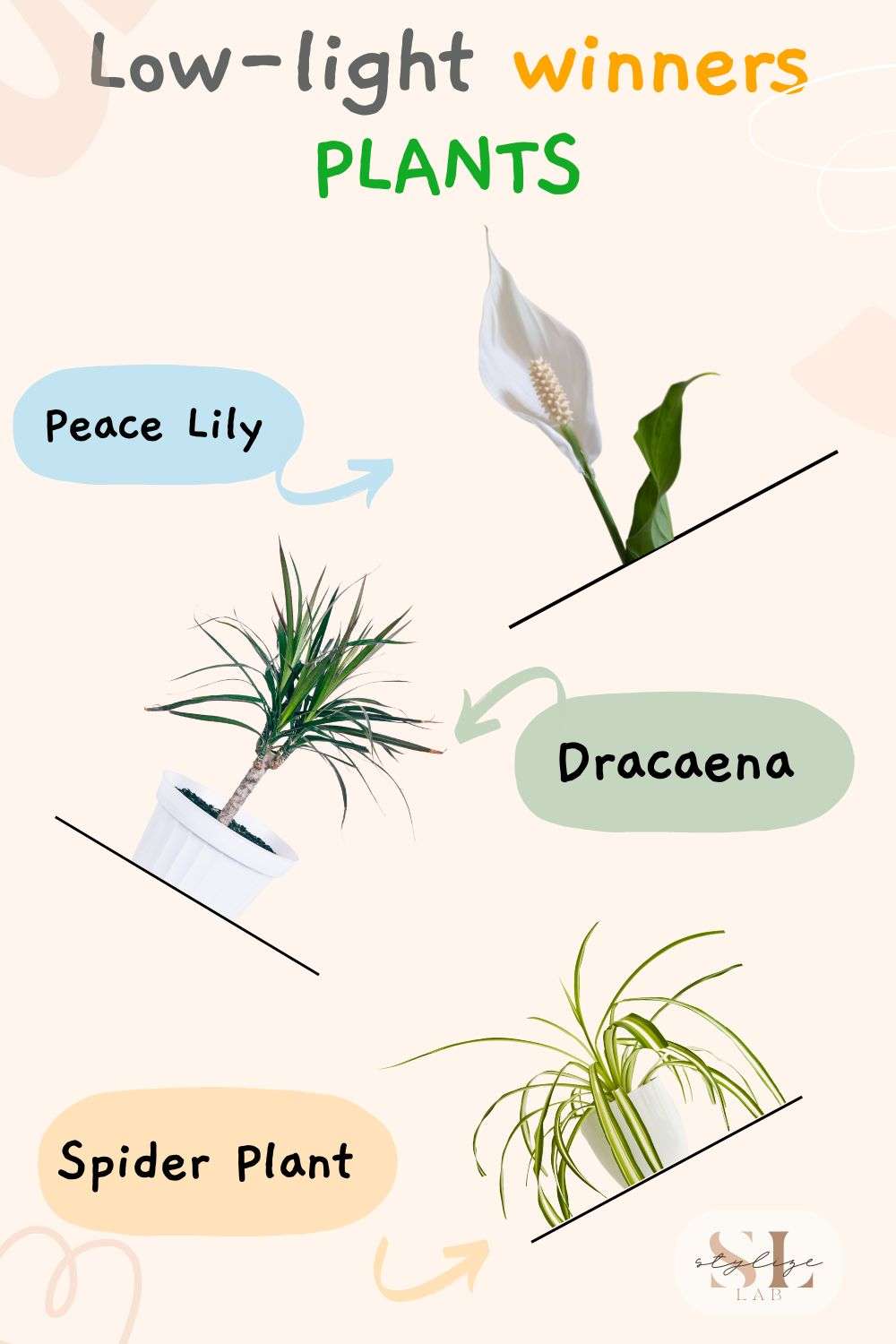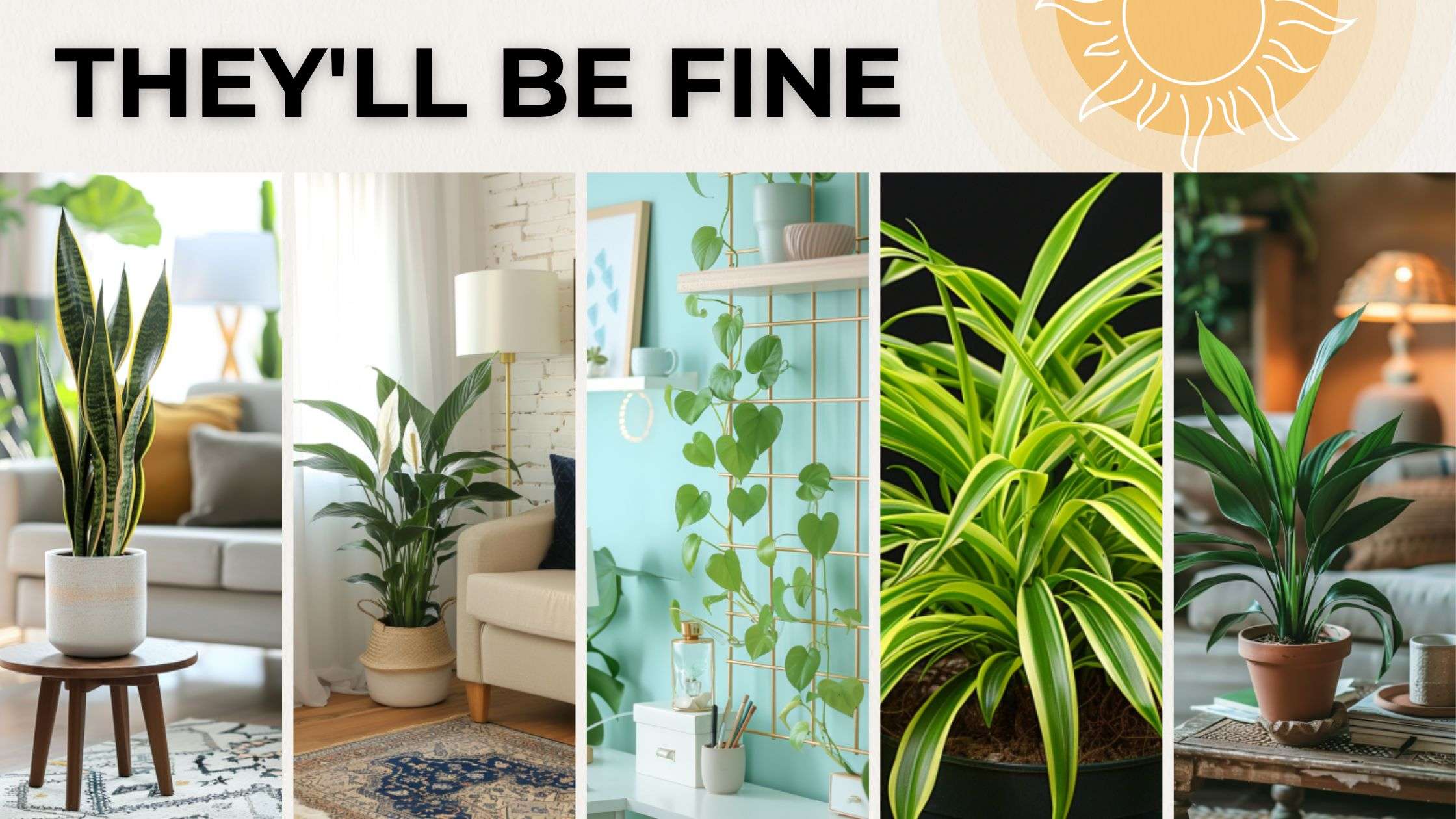Greenery has the power to make your home a place of tranquility and aesthetics, but what if you have a home with little natural light?
Fortunately, there are a number of houseplants that grow well in low light conditions.
Here are 10 of the best indoor plants for low light that will brighten up the shadiest corners of your home. 😅
1. Snake Plant (Sansevieria trifasciata)
The Snake Plant – so-called ‘Mother-in-Law’s Tongue’ – is one of the hardiest with its long striking upright leaves.
For newbies, this low light plant is ideal because it is very easy to care for. It is particularly resistant to neglect.
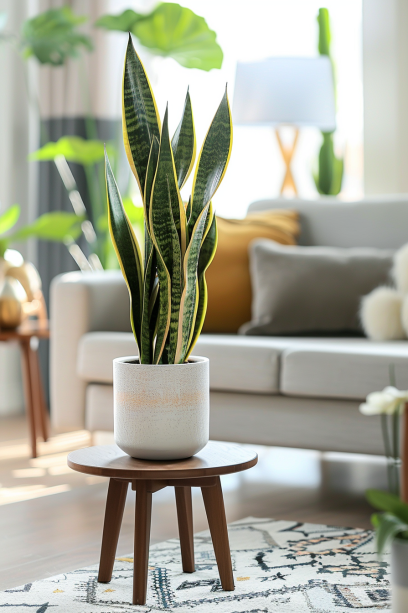
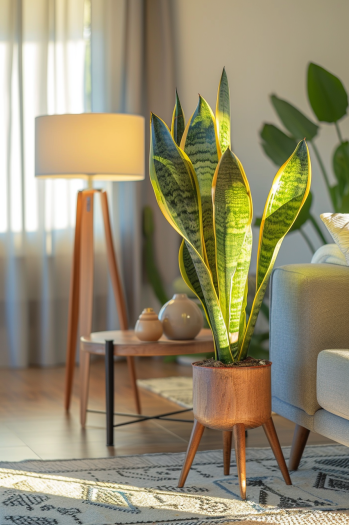
Its long, yellow-edged green leaves can lend a touch of finesse to the dreariest of settings.
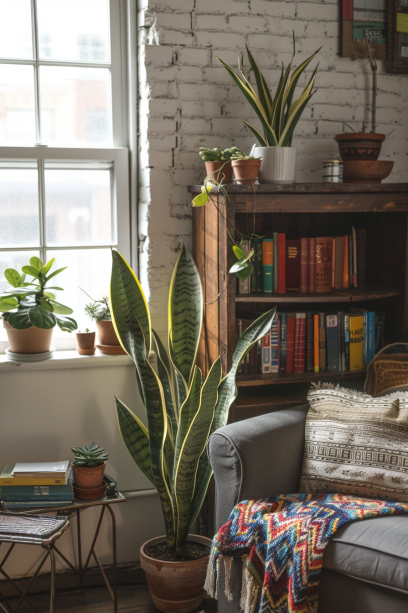
2. ZZ Plant (Zamioculcas zamiifolia)
The ZZ Plant is another excellent choice for low light plants indoors.
Its waxy, shining green leaves fit well under modern interiors.
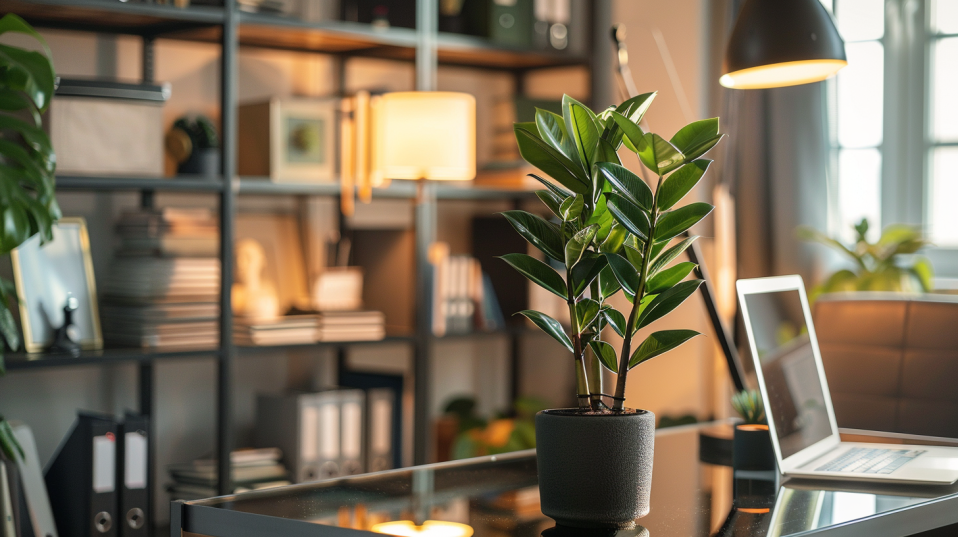
The ZZ Plant is almost indestructible, it also helps to clean the air and improve your indoor environment.
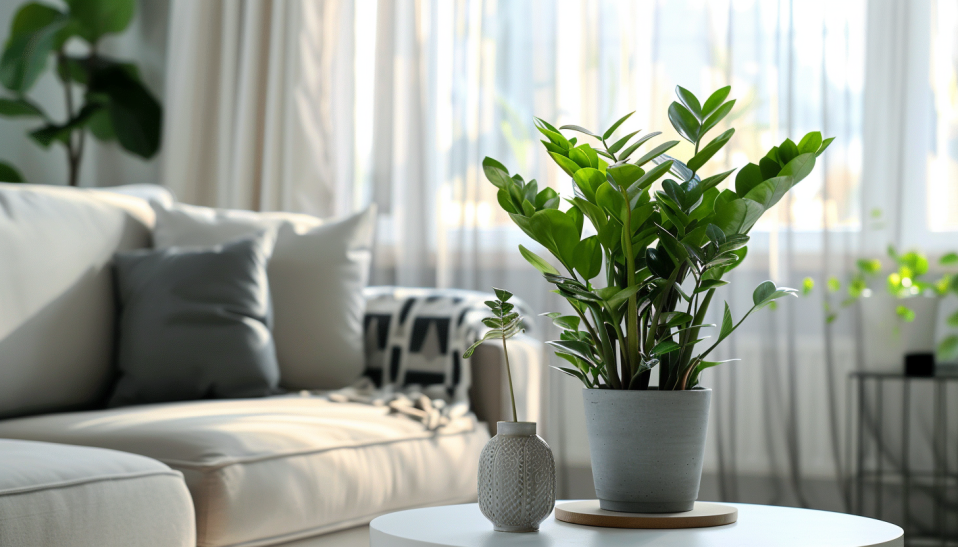
3. Peace Lily (Spathiphyllum)
Peace Lilies are one of the top plants for low light, with their dark green leaves and cute white flowers.
They bring a sense of tranquility to any space and will tolerate low light.
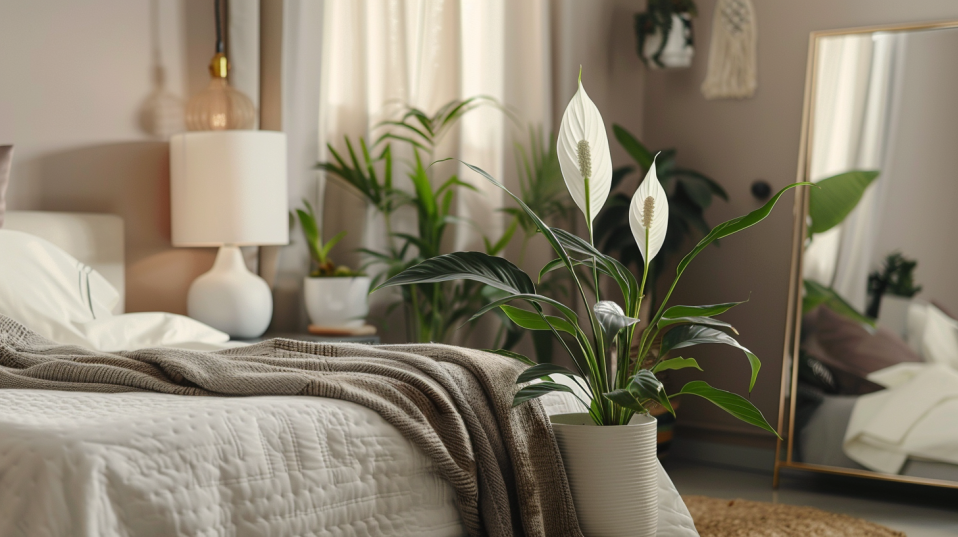
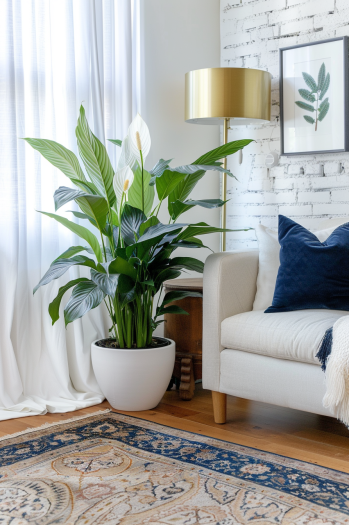
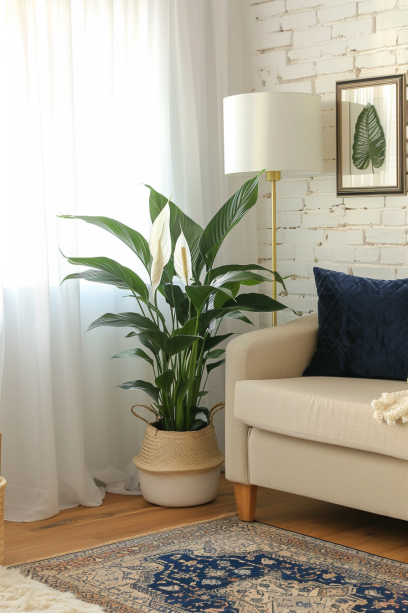
These plants also help improve air quality by removing toxins.
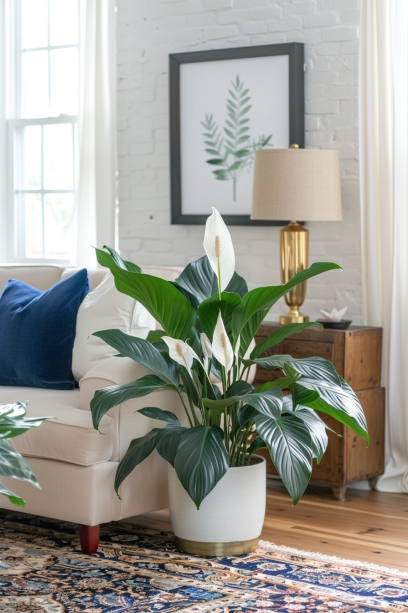
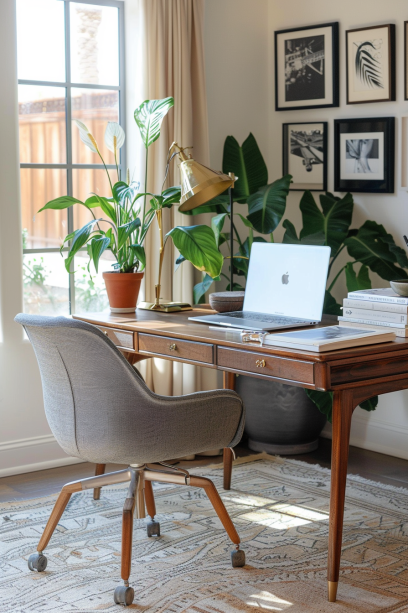
4. Pothos (Epipremnum aureum)
Pothos is a really easy to grow houseplant that does well in low light, and has trailing vines with heart-shaped leaves. ❤️
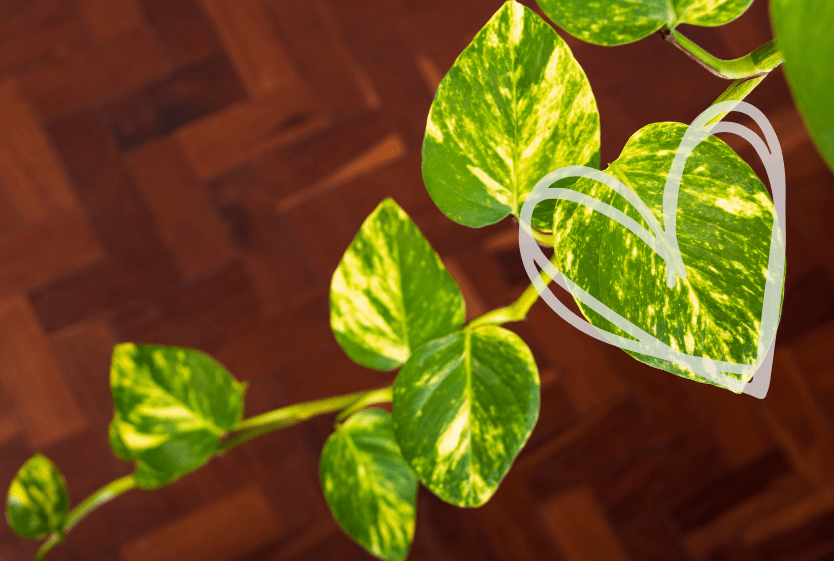
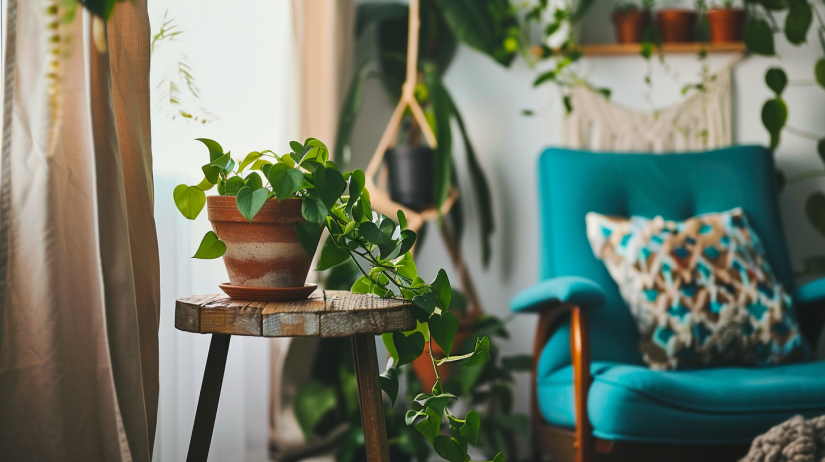
It will thrive in a wide range of lighting conditions from low light to bright, indirect light.
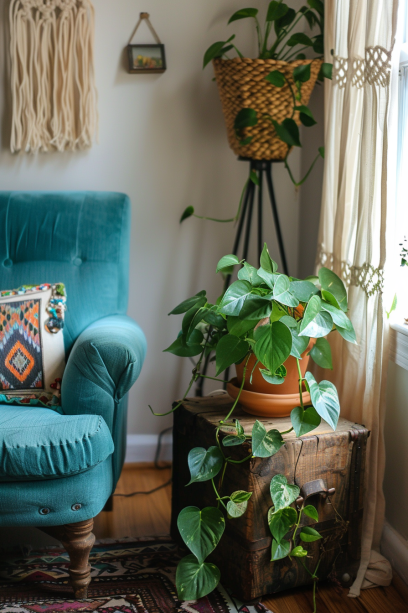
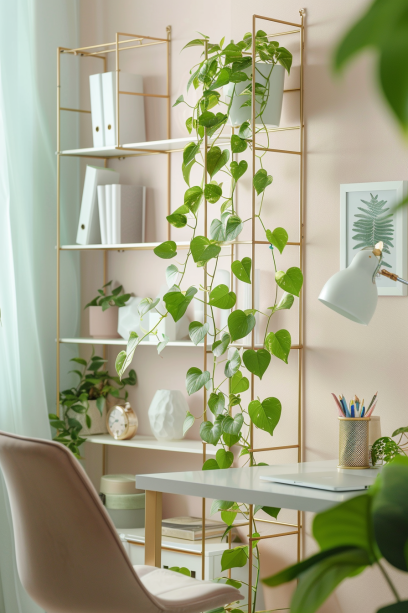
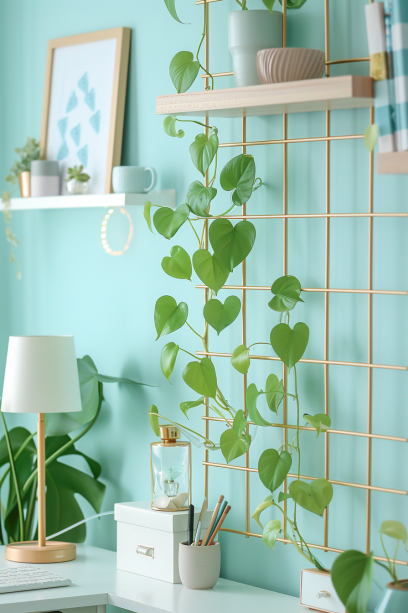
Pothos is perfect for hanging baskets or for training upon a trellis.
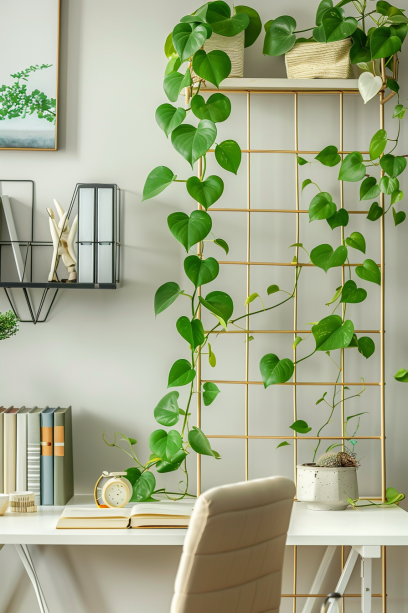
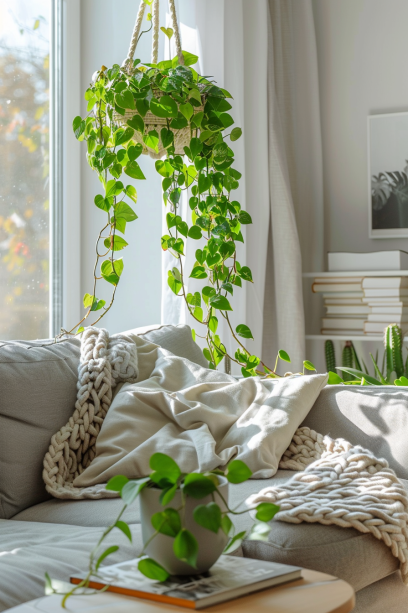
5. Cast Iron Plant (Aspidistra elatior)
The Cast Iron Plant lives up to its name by being nearly indestructible.
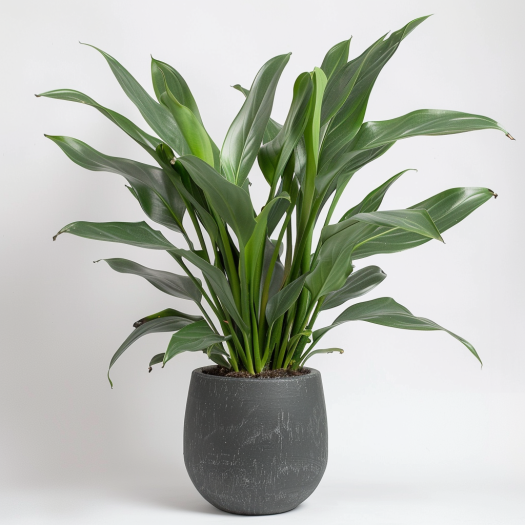
It’s one of the best low light plants indoor, able to survive poor light, low humidity, and irregular waterings.
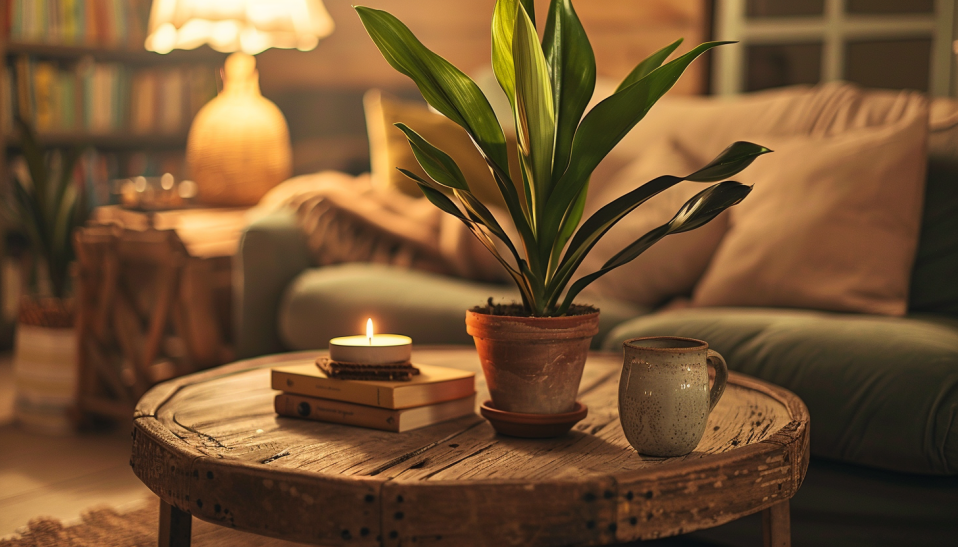
Its dark green, lance-shaped leaves are ideal for adding greenery to any shaded spot.
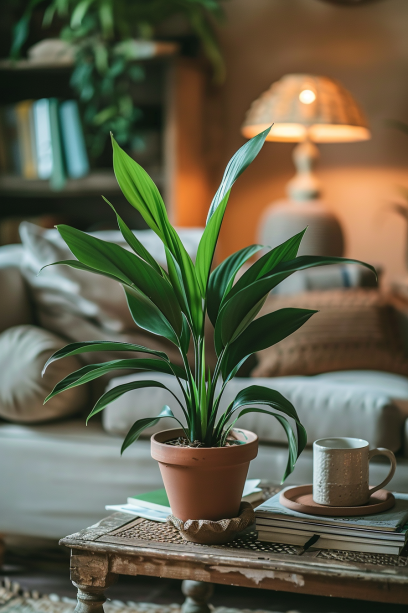
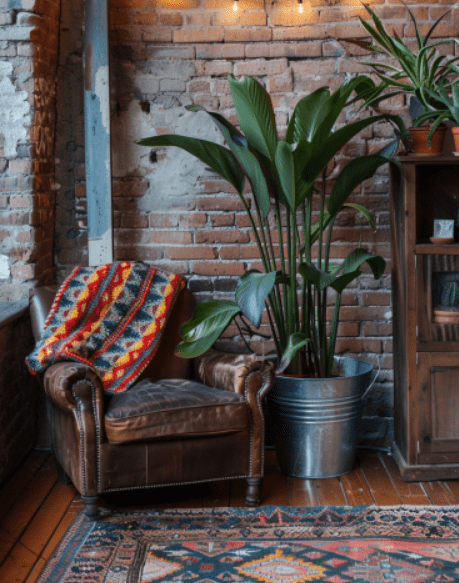
6. Spider Plant (Chlorophytum comosum)
Spider Plants are ideal for growing indoors as they love growing in low light.
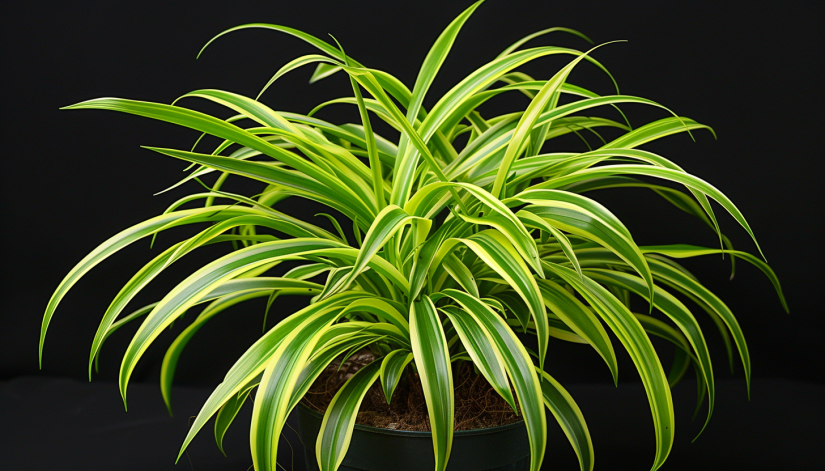
Their arching leaves, variegated and petite, as well as their miniature plantlets, make them stunning to look at and easy to maintain.
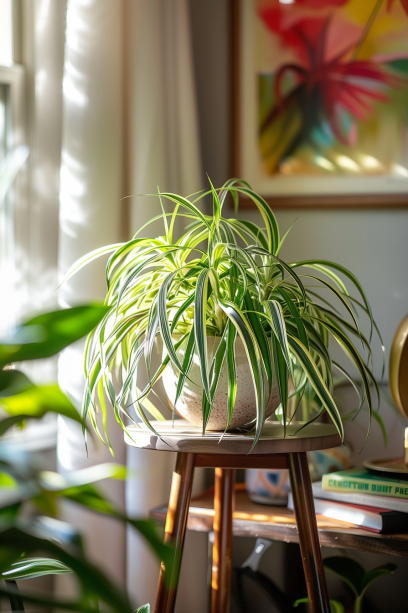
Spider Plants also help to purify indoor air.
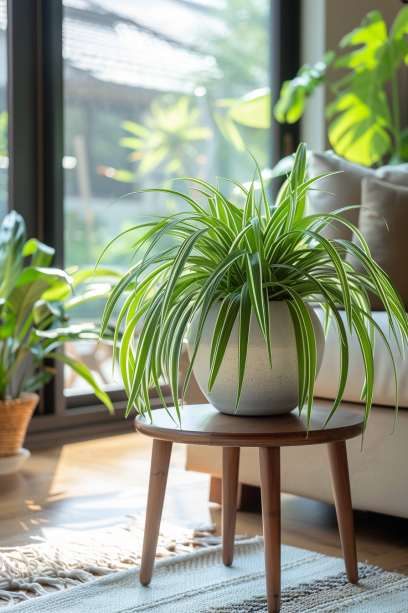
7. Chinese Evergreen (Aglaonema)
Chinese Evergreens are good low light plants for indoors because they have striking, patterned leaves.
They come in varieties ranging from green to silver and red hues.
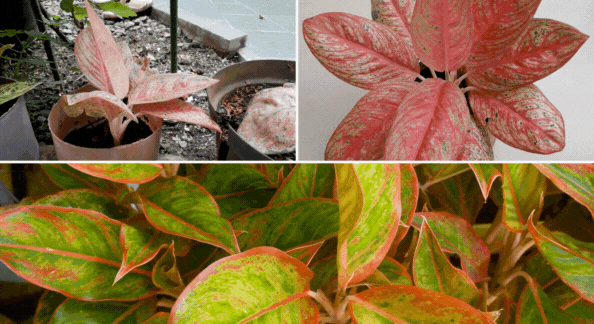
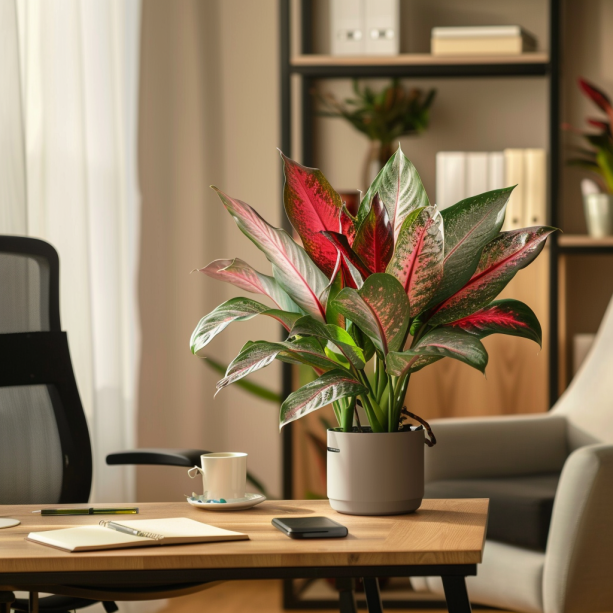
They’re easy to care for, and will grow in poor light conditions, so they’re great for busy households.
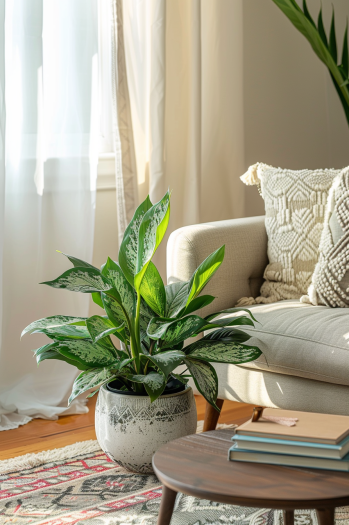
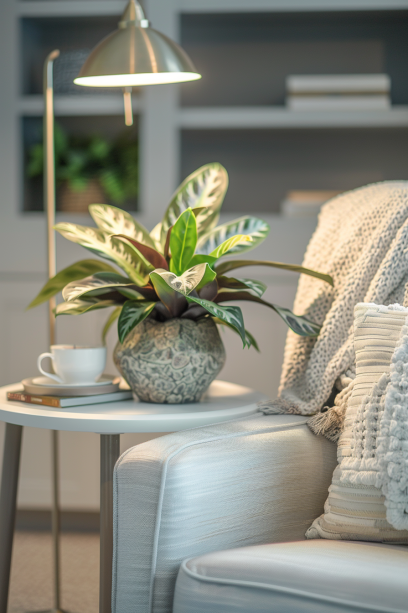
8. Dracaena
Dracaenas may be geometric or fern-like in their overall appearance, but they are universally striking for their dramatic foliage.
Due to their habit of living in low light environments, these plants can cope well with indoor settings.
The leaves usually have a unique, striped pattern, offering a visual treat.
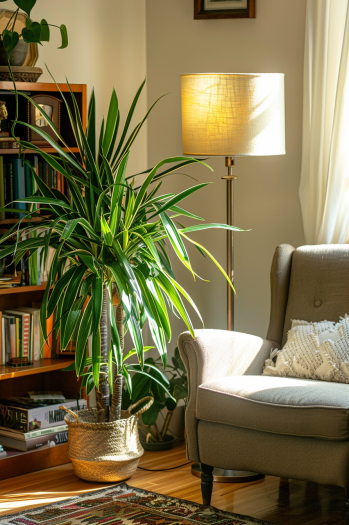
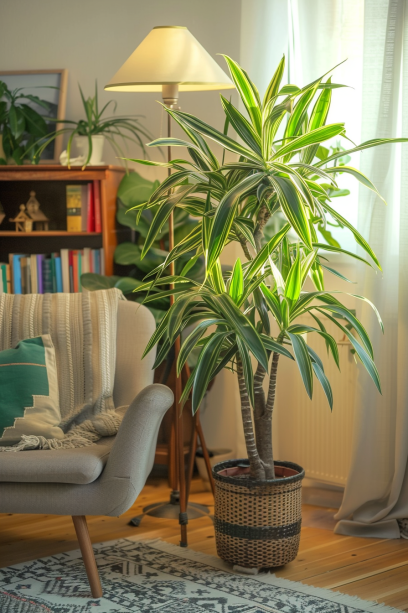
9. Philodendron
Philodendrons are common low light houseplants with thick-stemmed, vine-like growths and dark green, heart-shaped leaves. 💕
They are excellent for filling up empty shelves or corners.
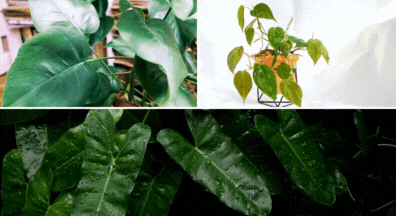
With a minimum of tending, they’ll survive in low light, creating verdant decoration for your home.
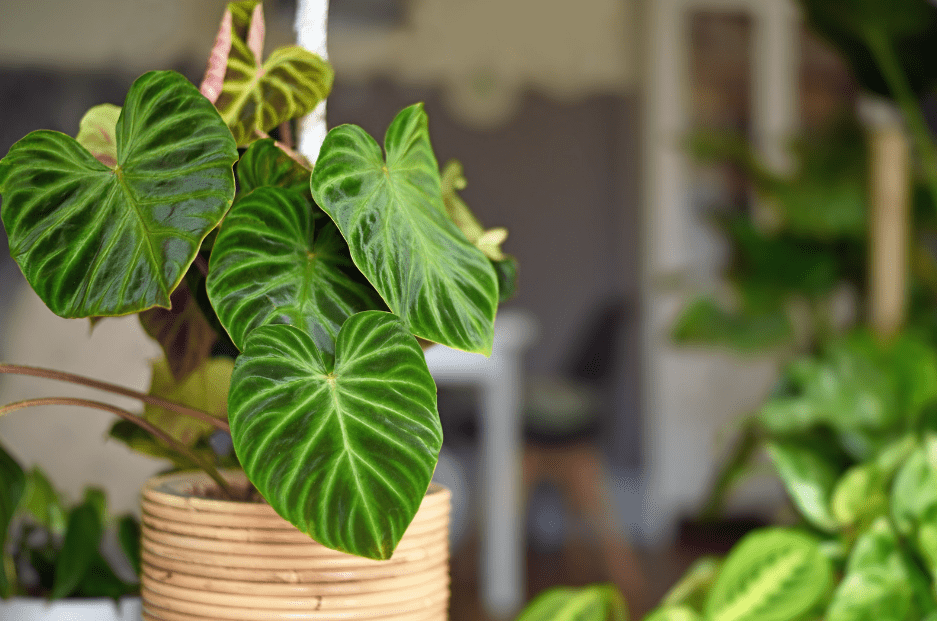
10. Maidenhair Fern (Adiantum)
Maidenhair Ferns are low light plants that are perfect for someone looking to add some elegance to their indoor environment.
Their delicate, fuzzy leaves set them apart from other plants, and they grow in dim areas.
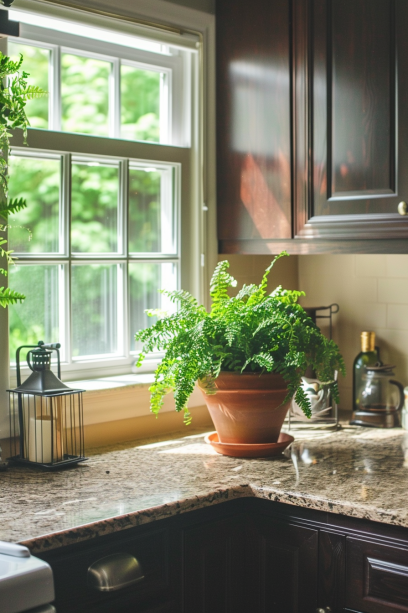
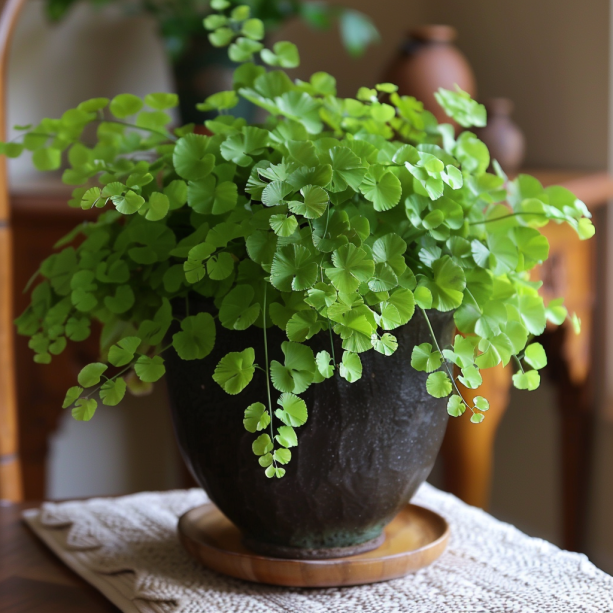
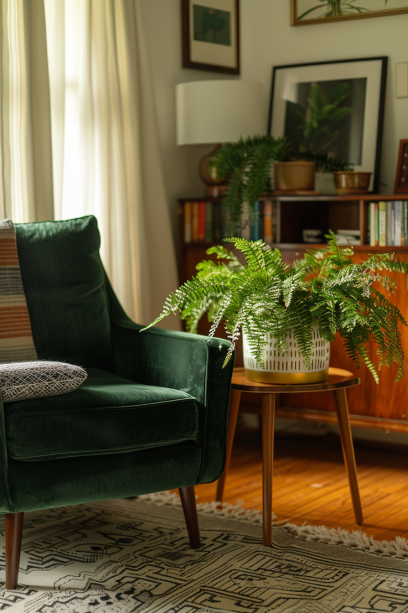
Decorating Tips with Low Light Plants
Low light indoor plants not only look good but also there are some health benefits to have it placed in your home deco.
Thoughtful placement and strategic combinations can create a lush, inviting, and harmonious environment.
Placement Ideas
Maximizing the visual and health benefits of low light plants involves strategic placement in various parts of your home. Here are some ideas:
Living Room
Corners: Use these areas of low light with taller plants such as the Snake Plant or ZZ Plant that grow straight up and fill the vertical space, making a good focal point, too.
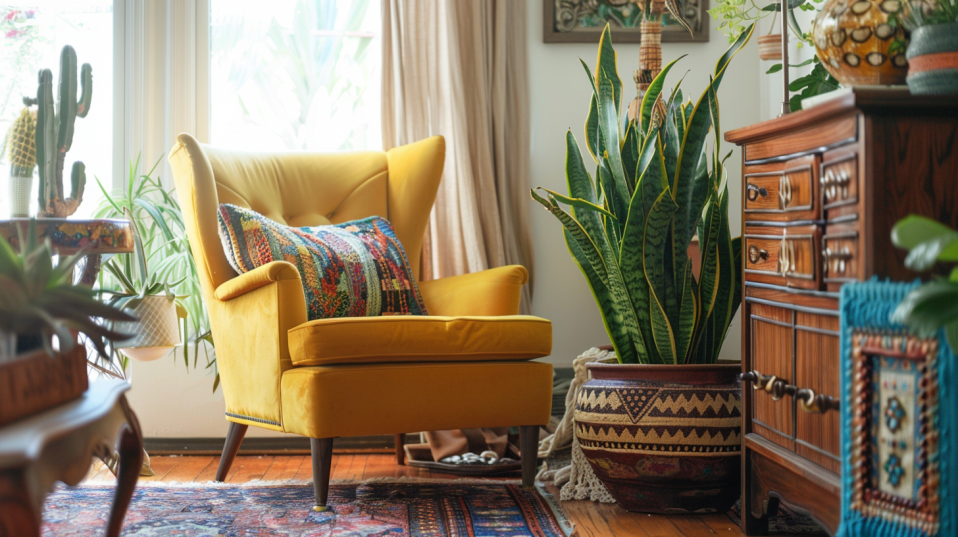
Shelves and Mantels: A Pothos or English Ivy would look beautiful on a mantel or shelf – the trailing vines add a touch of elegance and soften the hard lines of the furniture.
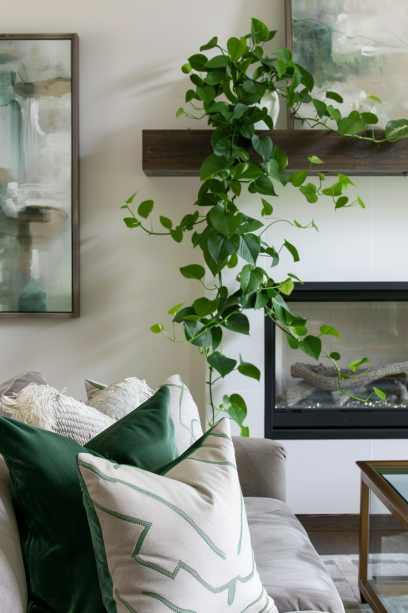
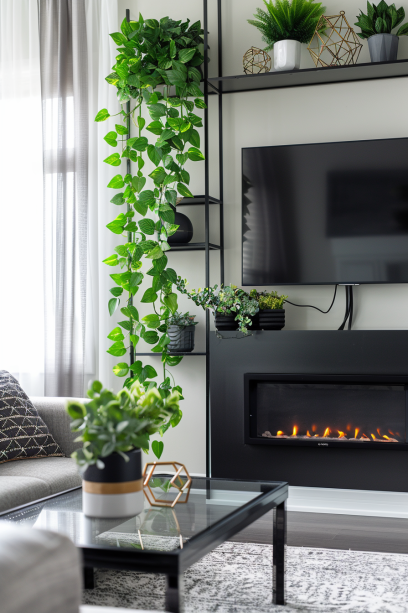
Coffee Tables and Side Tables: Peace Lily or Chinese Evergreen plants are also medium-sized plants that are excellent on coffee tables or side tables, adding greenery to the area where you relax and entertain others.
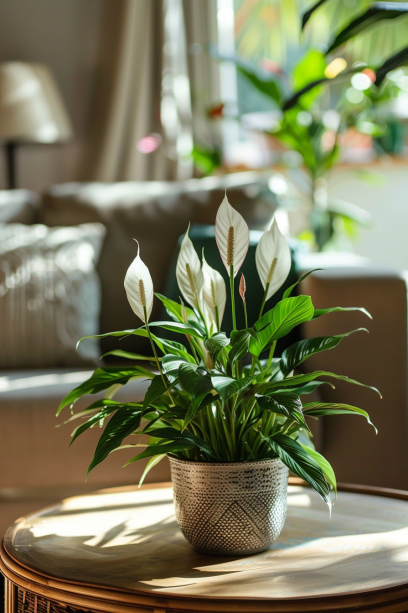
Bedroom
Bedside Tables Fill a small terra-cotta pot with a plant that’s easy to care for and perfect for an bedroom, such as a Spider Plant or Philodendron.
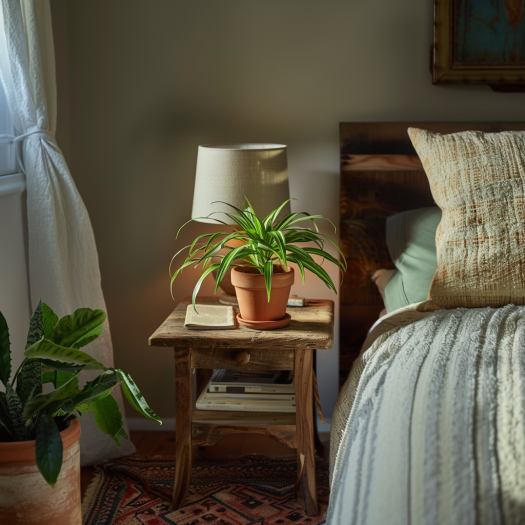
Both of these plants can help to purify the air that you breathe while you’re sleeping.
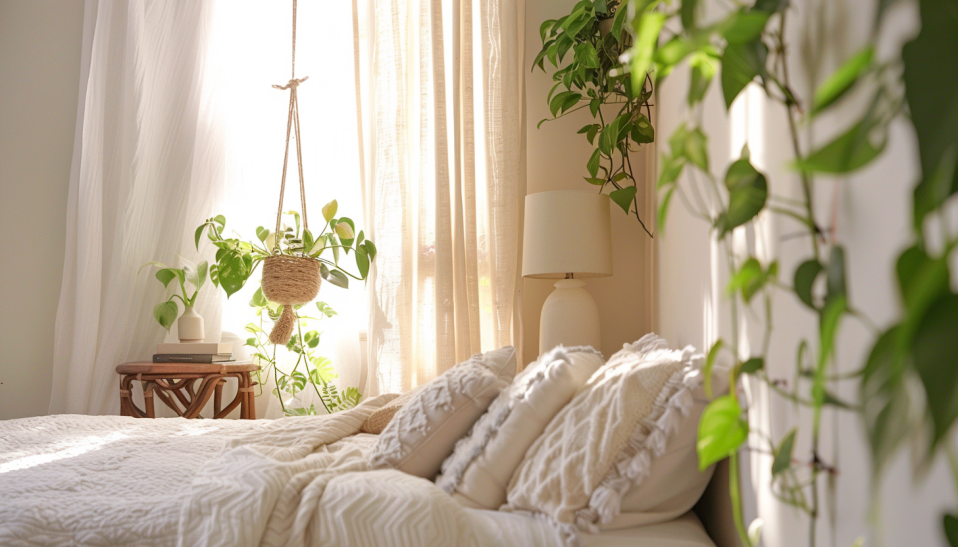
Windowsills: Plants that require lower light conditions can be grown in north-facing bedroom windows.
They will thrive in the indirect light.
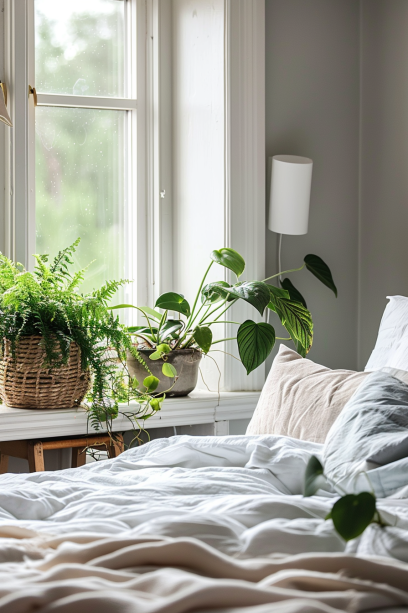
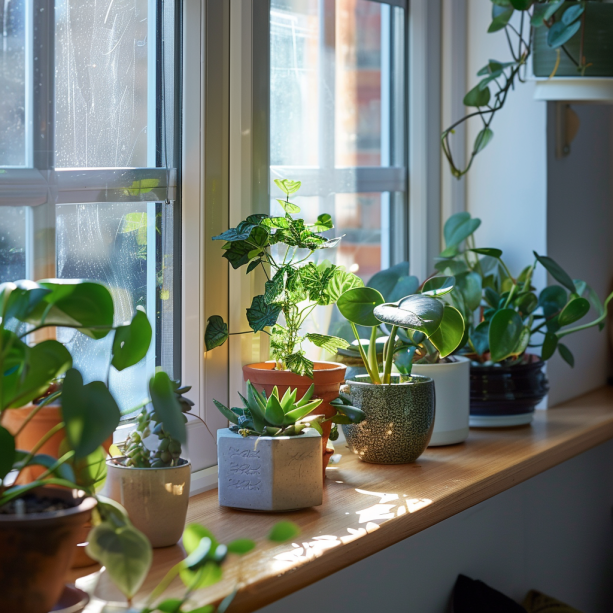
In Corners and Along Furniture: A Cast Iron Plant can work well in bedroom corners or along the sides of wardrobes and dressers.
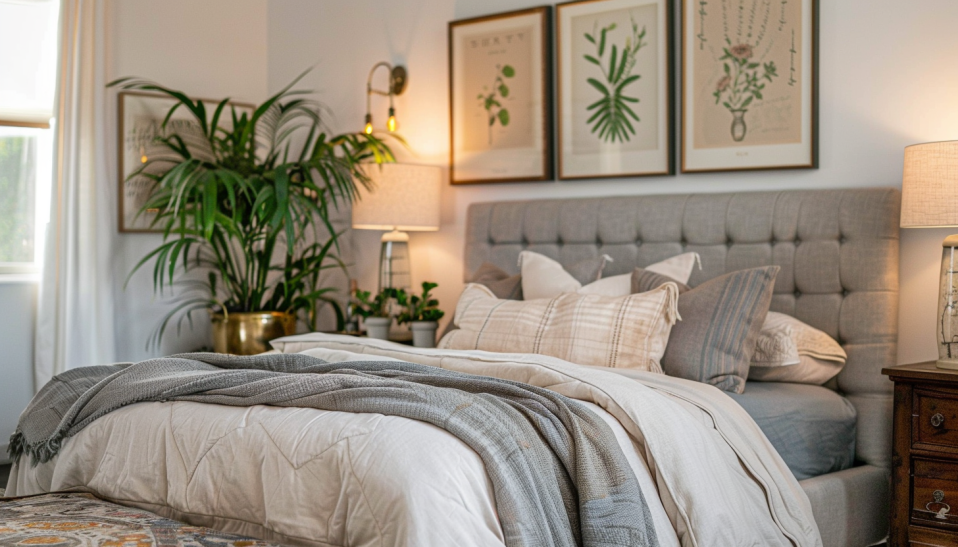
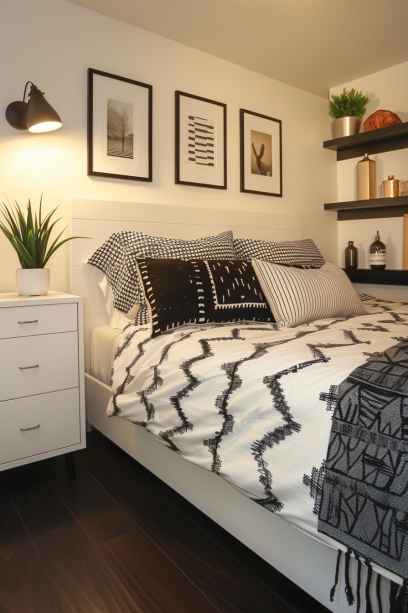
Bathroom
Countertops and shelves: Because bathrooms are quite humid, they are best for plants such as Boston Ferns or Bamboo.
Place them on countertops, shelves, or hanging planters.
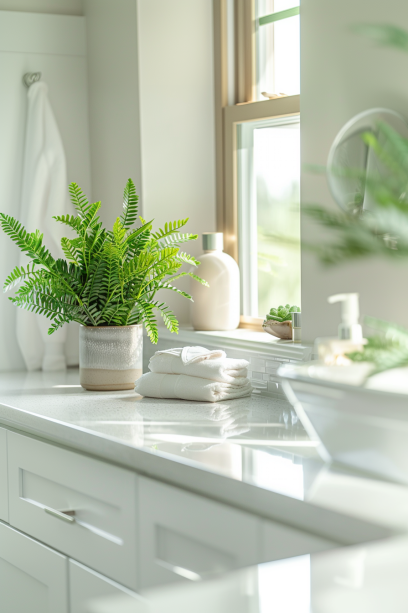
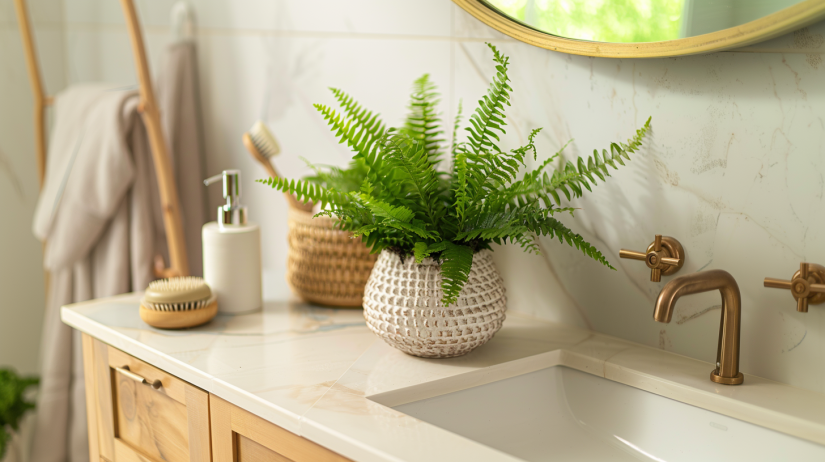
Windowsills: If your bathroom has a small window, put your moisture-loving plants, such as Pothos or Asparagus Fern, there.
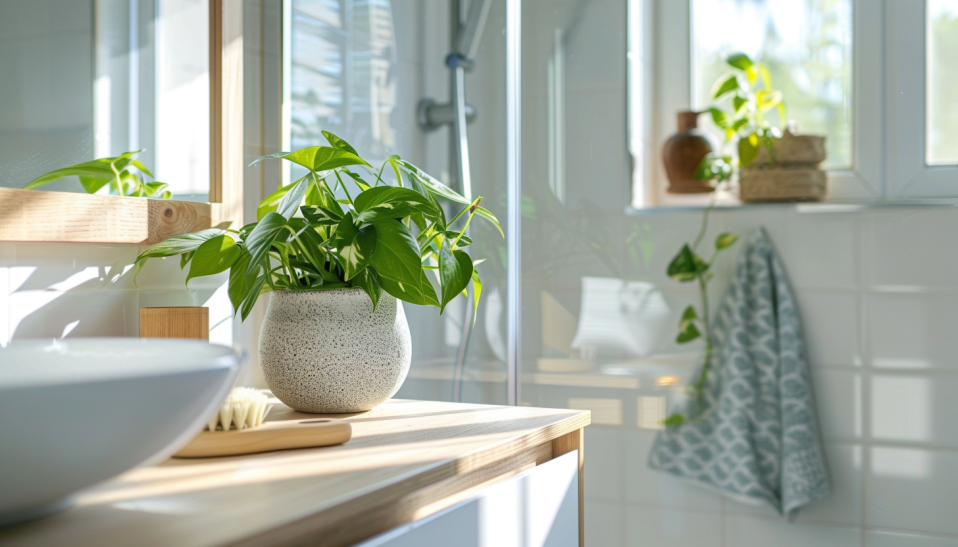
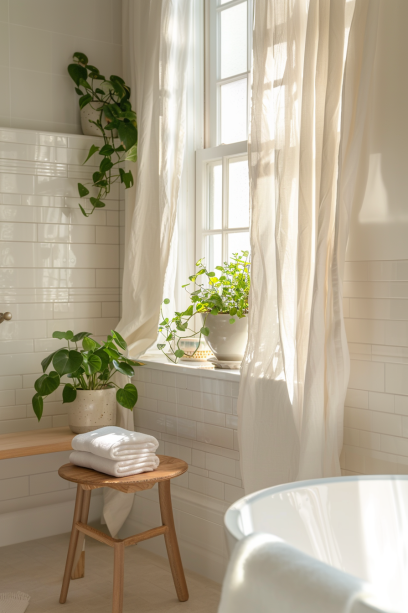
Kitchen
Countertops and Cabinets: Place a small pot of Basil or Chives on your countertops for decoration and functionality.
The light in your kitchen might also be perfect for a Jade Plant or an Aloe Vera.
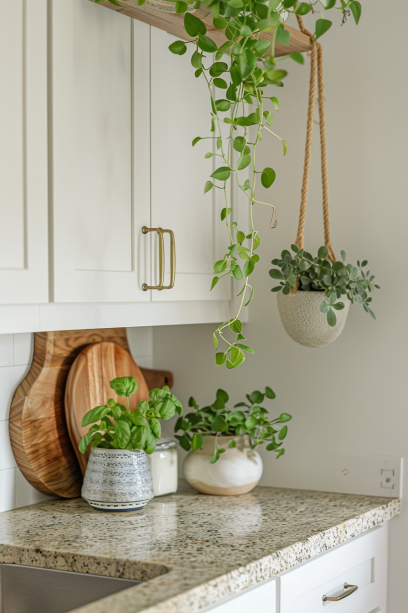
Hanging planters: Use vertical space with hanging planters for trailing plants such as Pothos or Spider Plant to free up counter space for cooking.
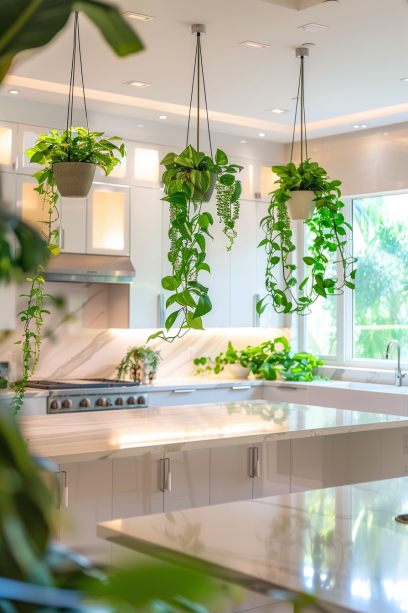
Hallways and Entryways
Focal Point Pots: Create a powerful ensemble by placing tall, standalone plants such as Dracaena or Kentia Palm at the entrance.
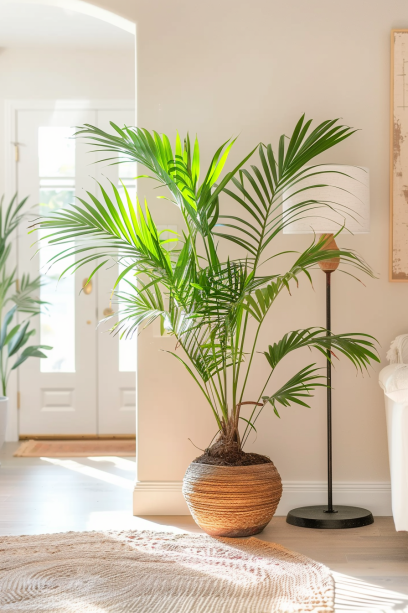
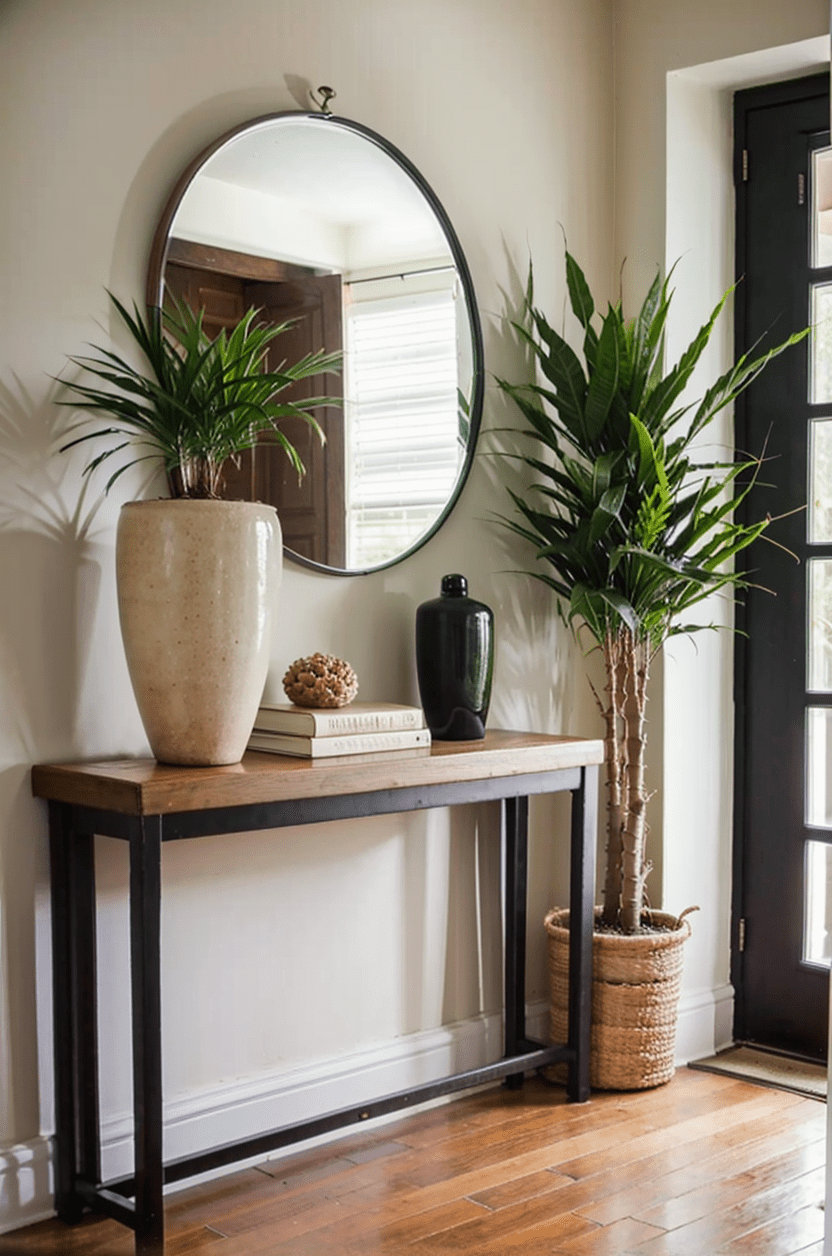
Wall Shelves: Shelves attached to the walls in the hallway can display many smaller potted plants to create a nice and fresh atmosphere for guests.
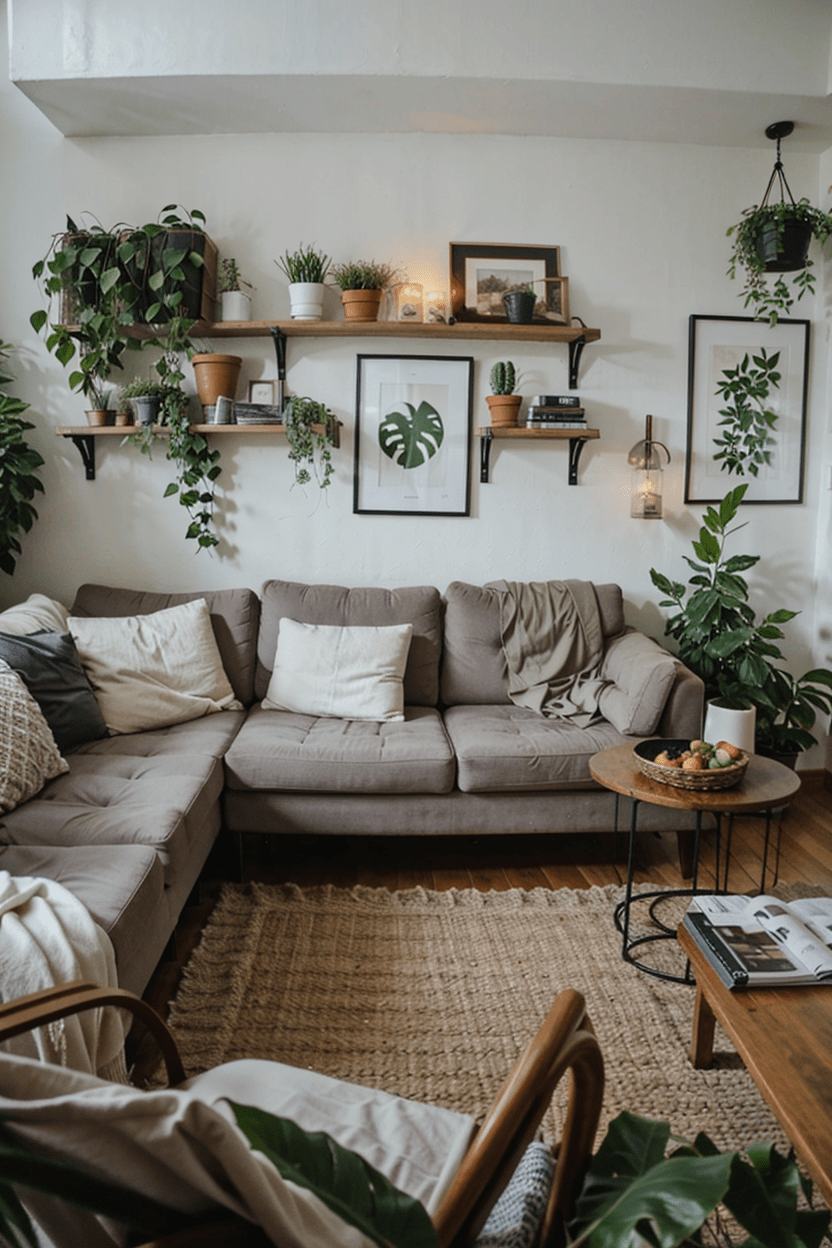
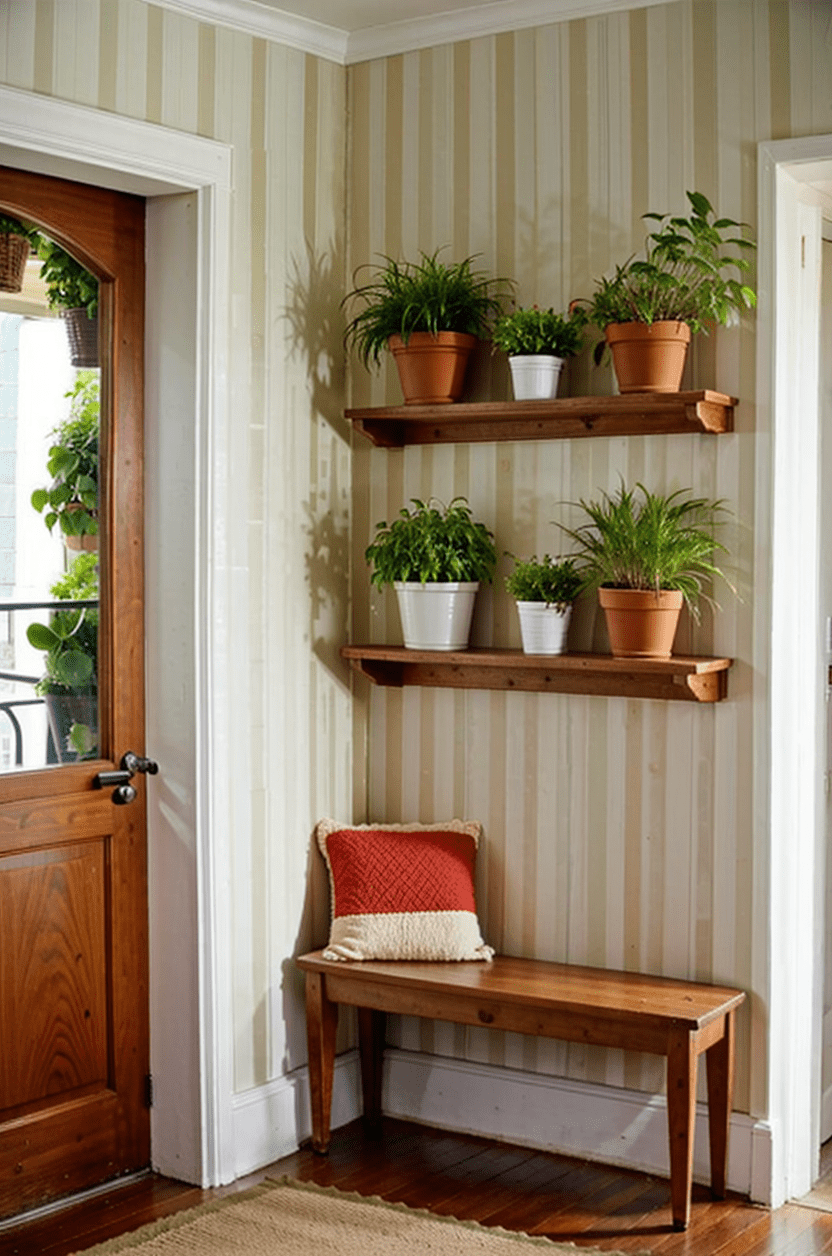
Benefits of Low Light Indoor Plants
Air Purification
One of the most substantial reasons to include low light indoor plants in your home is the fact that they act as air purifiers.
Snake Plant, Spider Plant and Peace Lily are some of the plants that purify air. The way they do this is:
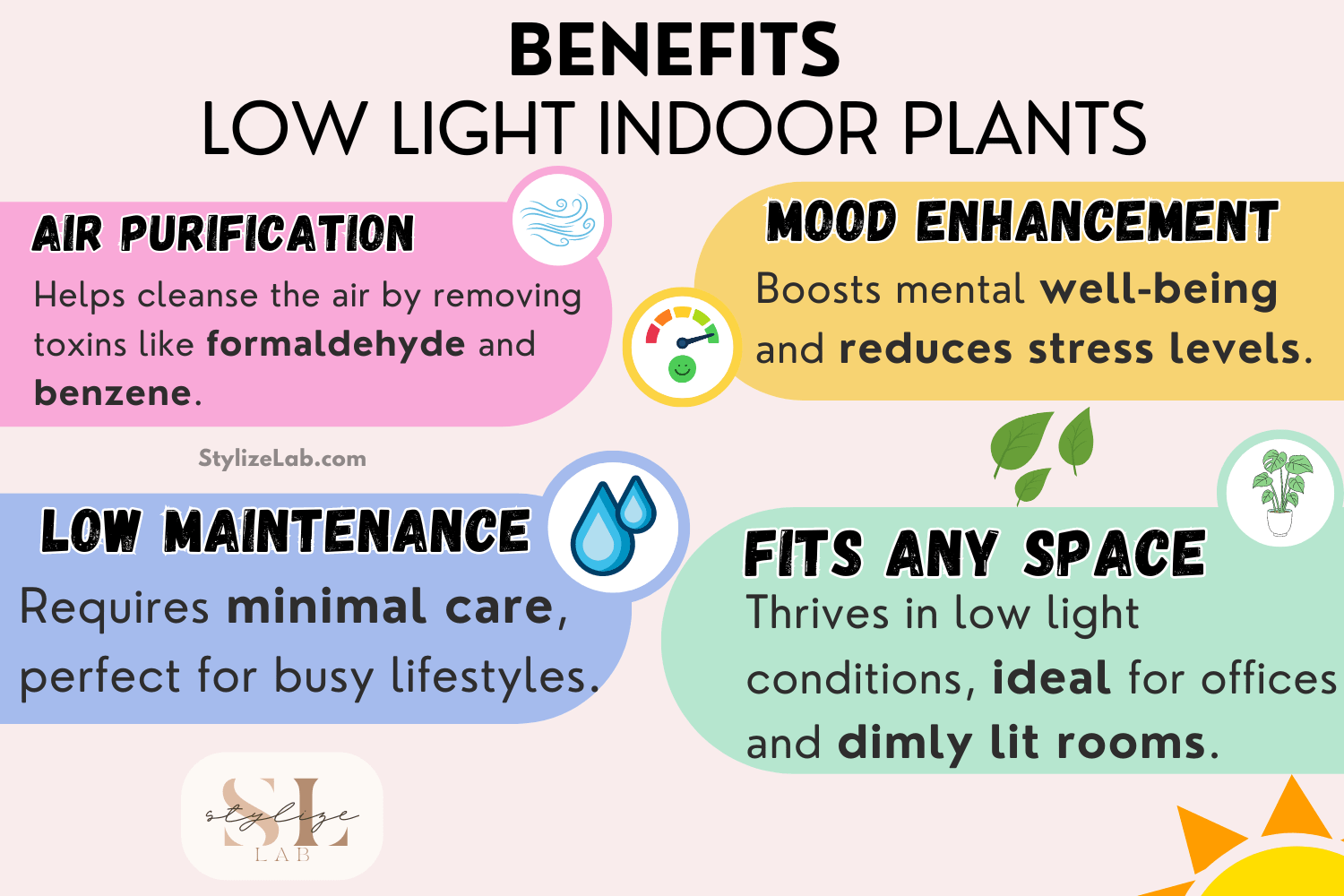
Toxins Removal: Indoor plants have been proven to remove a range of toxins from the air, including formaldehyde, benzene, trichloroethylene, and xylene.
All common in indoor environments due to furniture, cleaning products, and electronic equipment.
Oxygen Production: Photosynthesis; plants absorb carbon dioxide and release oxygen.
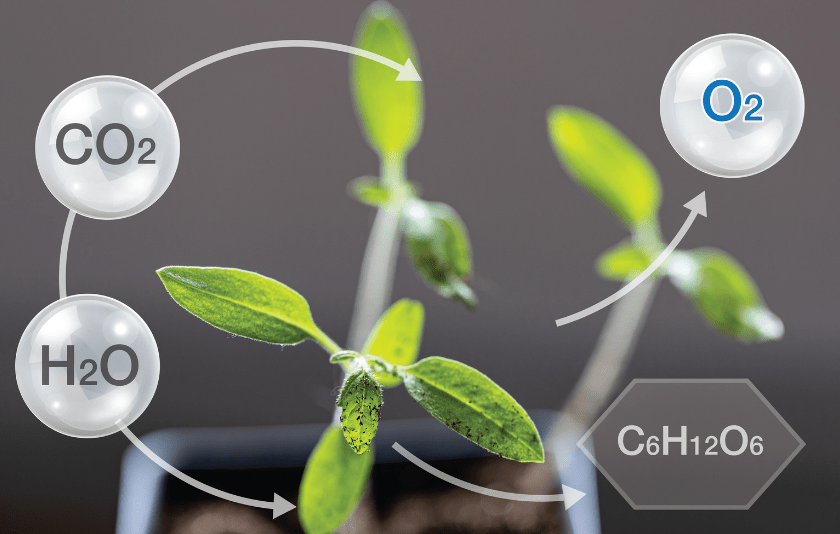
This helps plants to refresh the interior by removing carbon dioxide and releasing oxygen.
Oxygen is essential to all living beings, and a fresh supply helps to create a healthy indoor environment.
Humidity: As plants transpire, they add humidity to the air, which reduces the dryness of indoor air in houses with either heating or air conditioning systems.
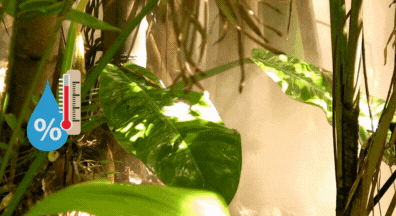
Aesthetic Appeal
Low light indoor plants can be more than simply functional.
They can add life and beauty to indoor spaces, improving home décor and making a room feel more inviting:
Aesthetics: The varying colours, forms and textures of plant leaves can add a lot of visual interest to any living space.
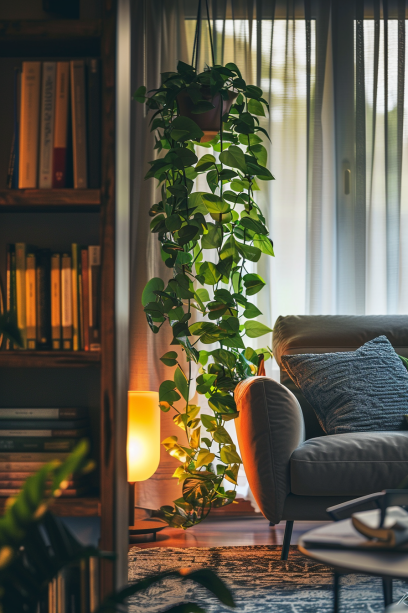
Whether it’s the statuesque presence of a Snake Plant or a spiralling curtain of Pothos leaves, plants are living decor.
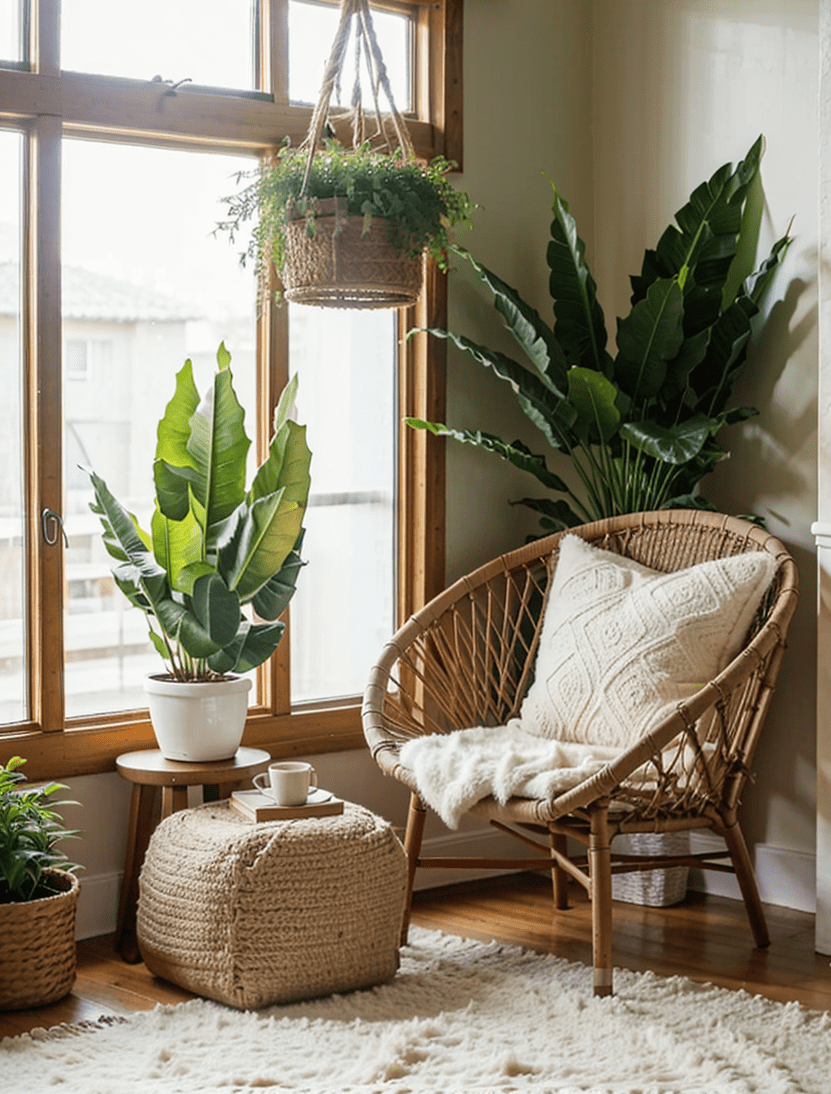
Decorative Flexibility: The greatest virtue of low light plants is their versatility; they can be used in multiple ways, from hanging baskets to window sills, shelves to floor arrangements.
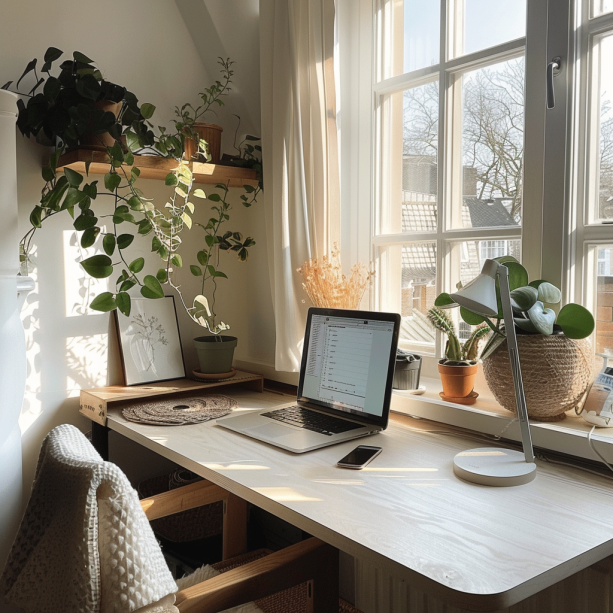
Because of their mutability, they can be adapted to almost any decorating style, from modern to traditional to eclectic.
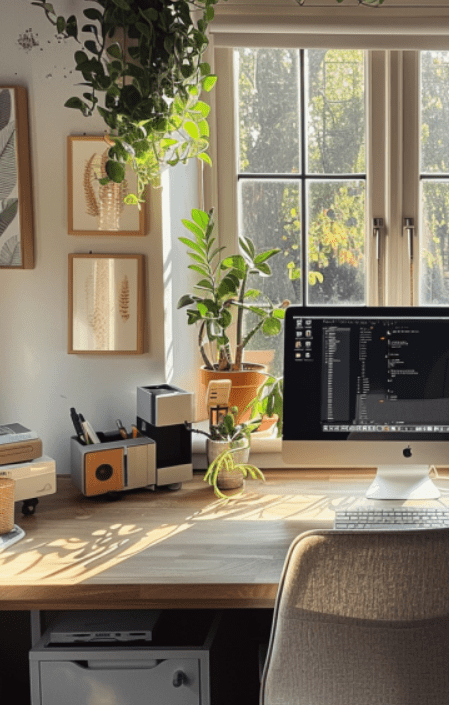
Bringing Nature Indoors: Plants in interior design are a way to connect indoor and outdoor spaces, creating a more natural-feeling living environment.
Mental Health Benefits
Aside from the obvious benefits of improving air quality, reducing dust and boosting aesthetics, keeping low light indoor plants comes with another mental health advantage: they simply make us feel better.
Researchers have noted that plants have a subtle but positive impact on out psychological wellbeing:
Stress Reduction: The presence of indoor plants has been shown to lower stress levels.
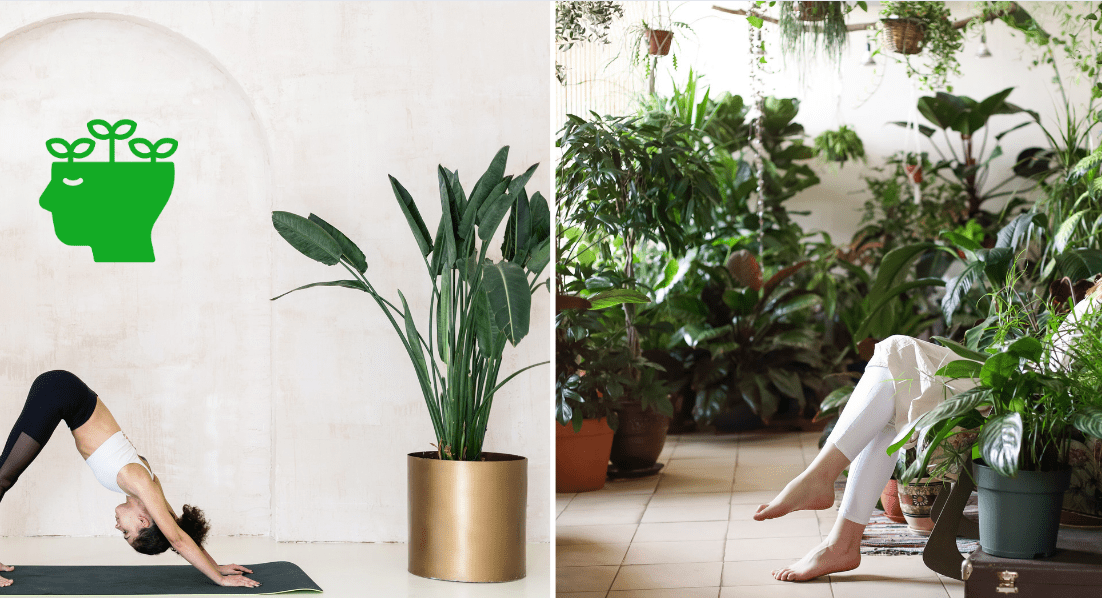
Just viewing and touching plants can produce a calming effect, lowering blood pressure and cortisol levels.
Better Mood and Productivity: Being around plants and nature makes you feel happy.
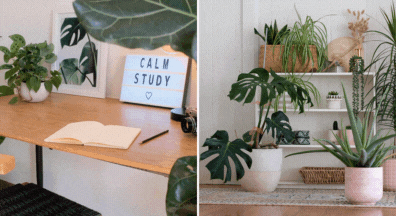
Furthermore, plants in offices also boost productivity, creativity, and job satisfaction.
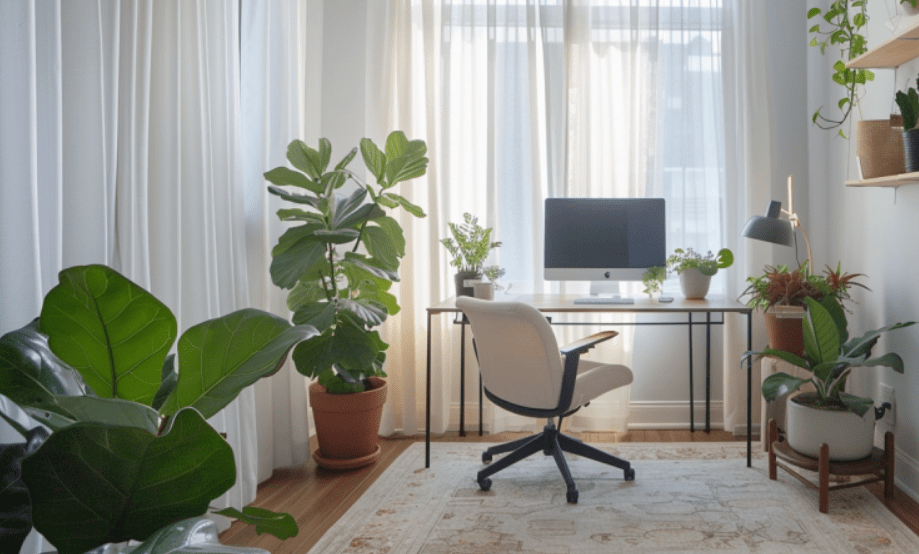
Increased Concentration: The non-demanding, gentle quality of plants can provide a soothing focal point and therefore a gentle foundation for concentration.
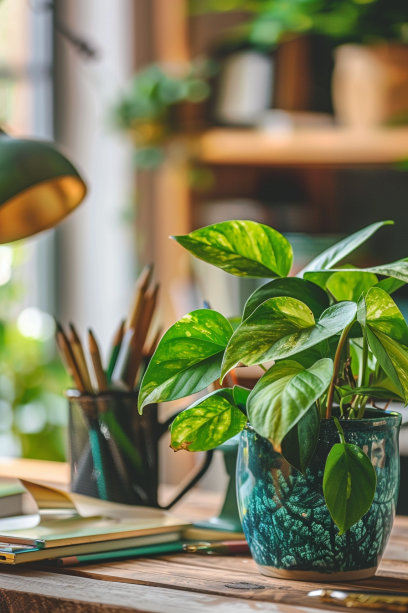
This makes indoor plants especially beneficial in environments where people study, work, or meditate.
Therapeutic: Gardening and caring for plants can be therapeutic. It fosters a sense of responsibility and accomplishment.
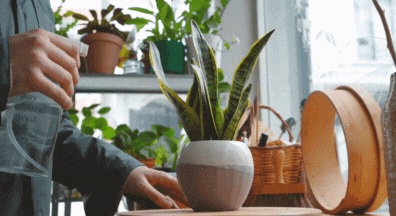
Our ability to tend a plant from seed or sapling to mature plant can be a source of pleasure, strengthen self-esteem and improve mental resilience.
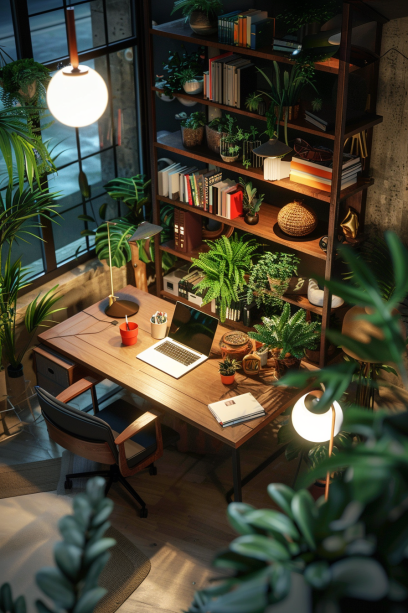
Thriving in Low Light Environments
Low light indoor plants are the perfect choice for growing in spaces where the sun is diffuse, indirect or simply non-existent.
Here they are in more detail and how they can transform the darkest corners of your home.
North-Facing Windows
North-facing windows are the best choice for low light plants because they provide a consistent level of indirect light:
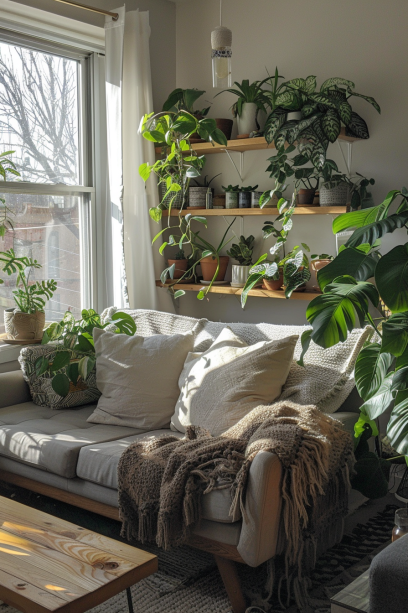
Stable Lighting Conditions: North-facing windows provide soft and even light, without the harshness and heat that can come with direct sunlight, which is found in south-facing windows.
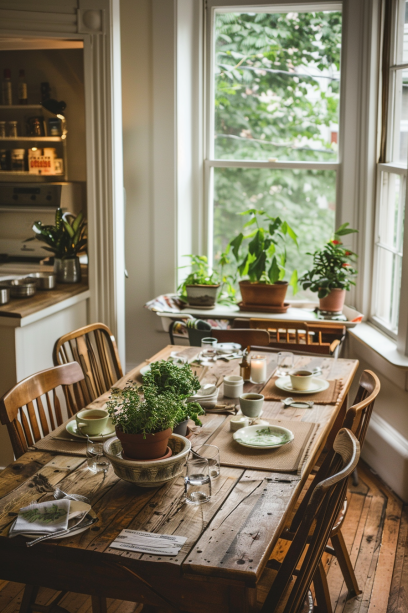
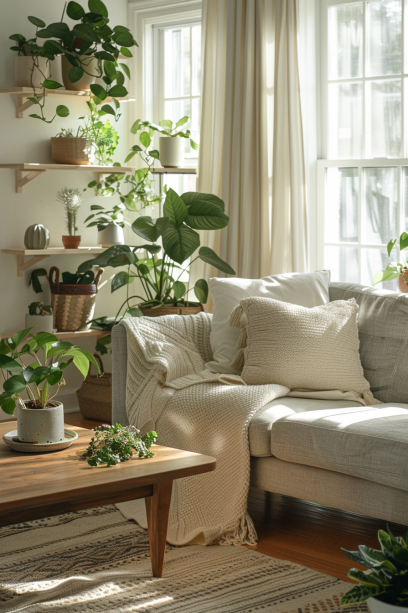
This is an ideal situation for plants that have a low light requirement.
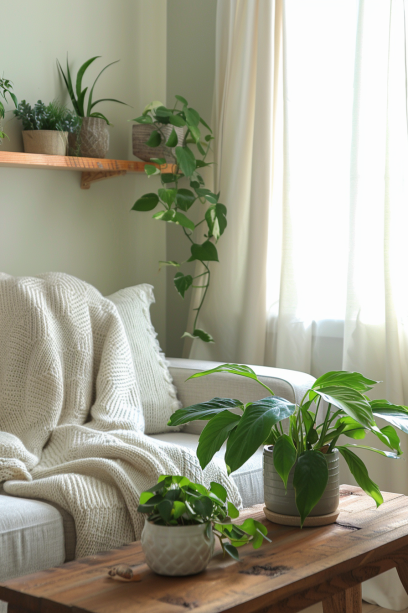
The Right Plants: ZZ Plant, Snake Plant, and some Philodendrons are great for these conditions.
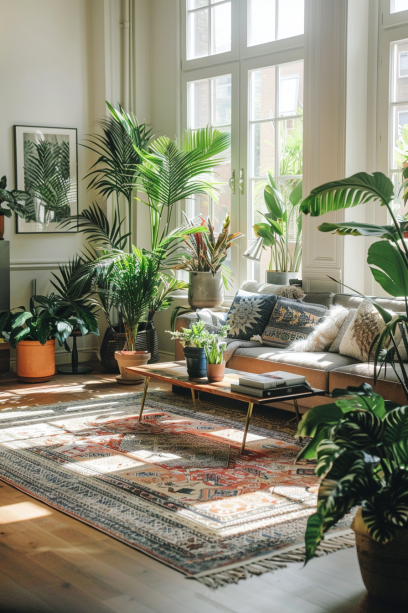
Pair them with a windowsill or nearby to capture the soft light they can handle.
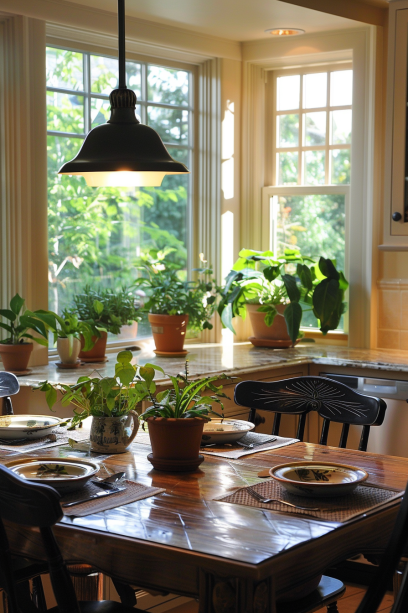
Corners and Shady Spots
Corners and dark spots in rooms might be, by human standards, almost completely “dark“, but low light plants might be happy there 🖤
Ambient Light Utilisation: Even though these points do not receive direct sunlight, they nonetheless utilise ambient light that is reflected off of walls, ceilings or other objects.
This diffused light is sufficient for the survival and growth of low light plants.
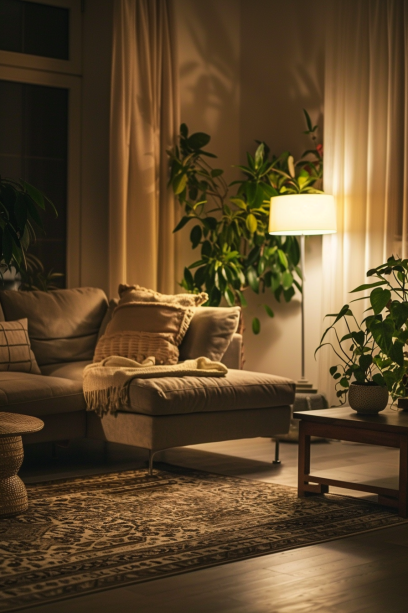
Strategic Positioning: Pothos, Chinese Evergreen, Cast Iron Plant – put one in each corner of your living room, bedroom, hallway.
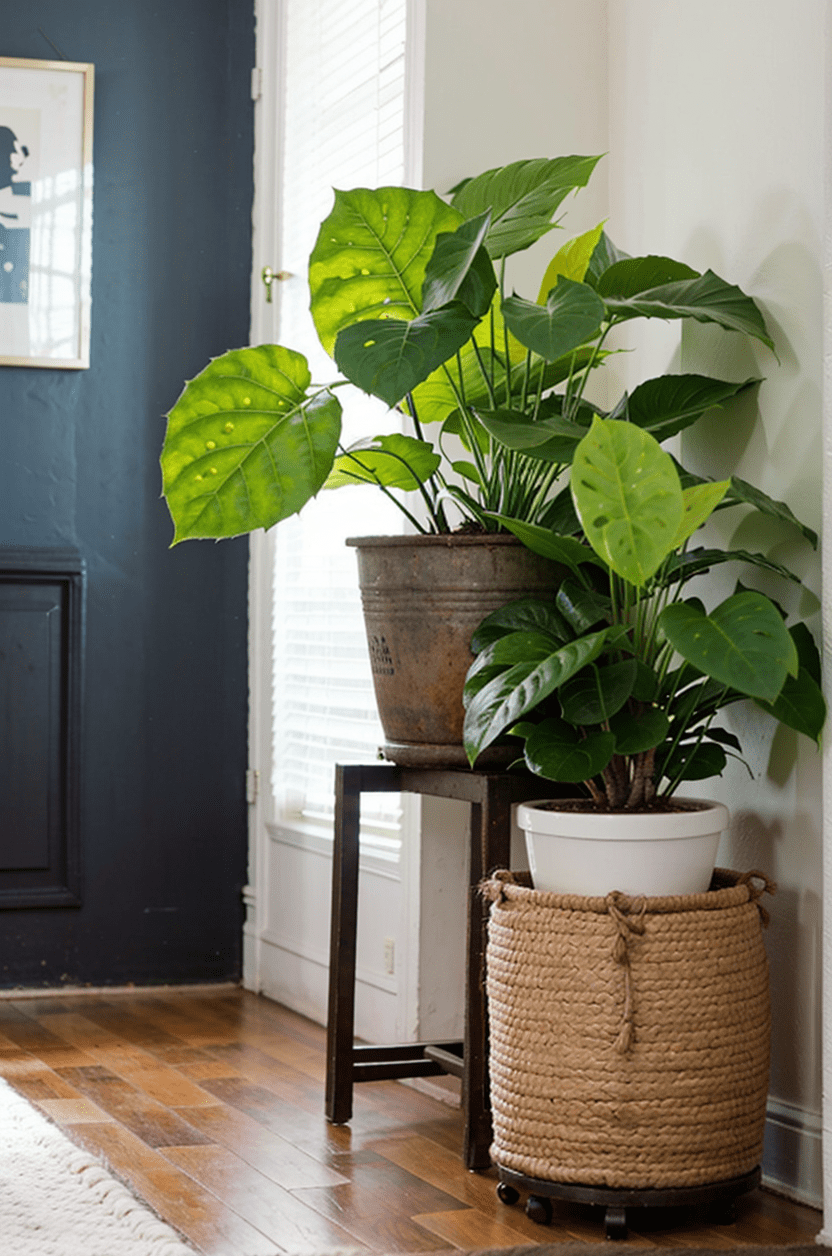
Their adaptive nature means that they can gather what light there is and make the best of it.
Ornamental Value: These plants will add colour and visual interest to out-of-the-way corners.
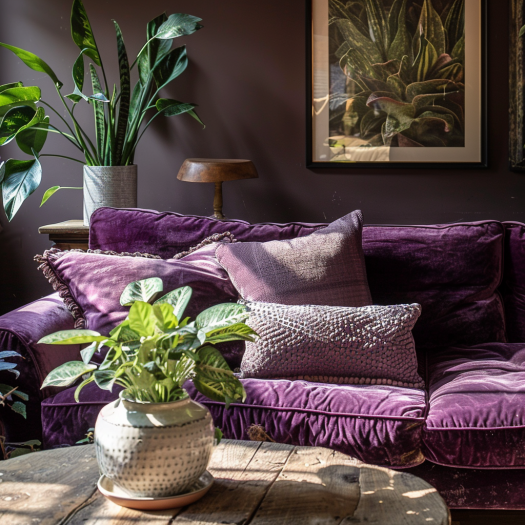
They will make the world seem less bleak, and secluded spaces seem less lonely and forsaken.
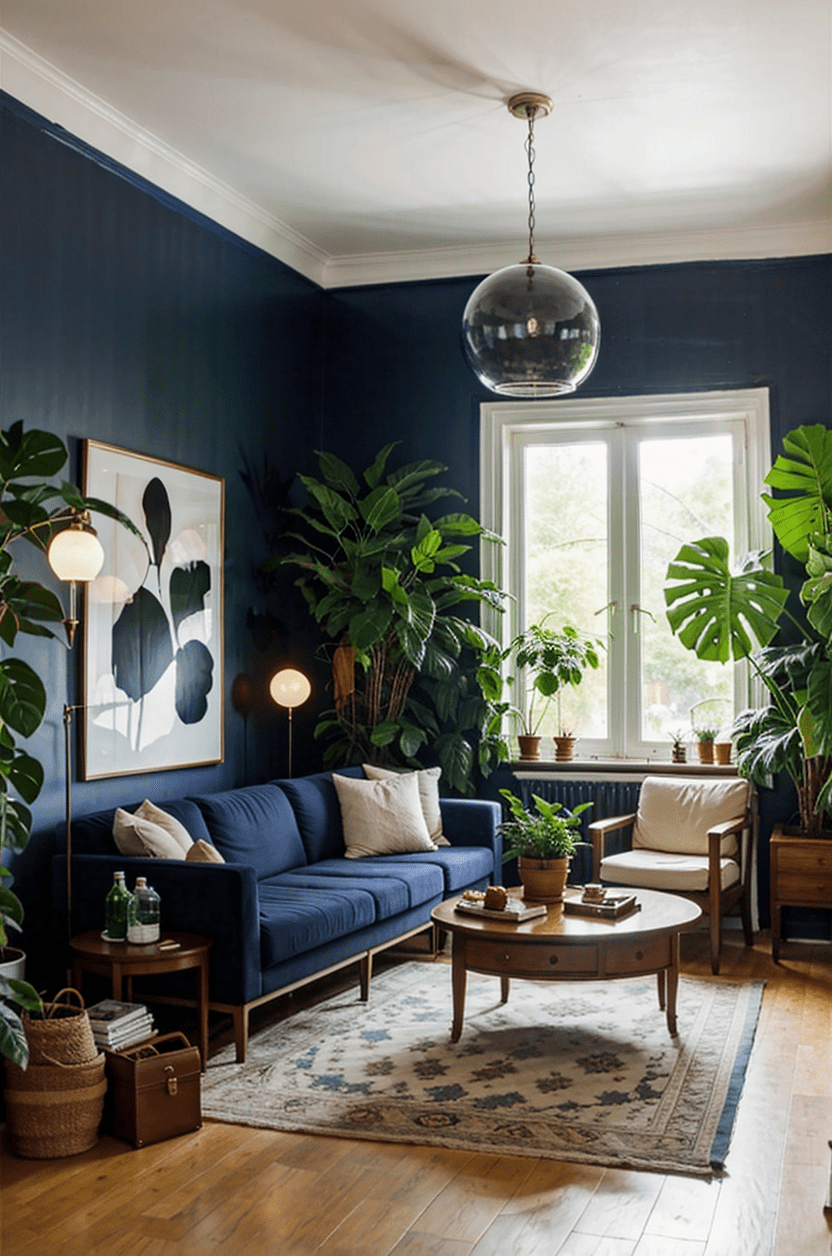
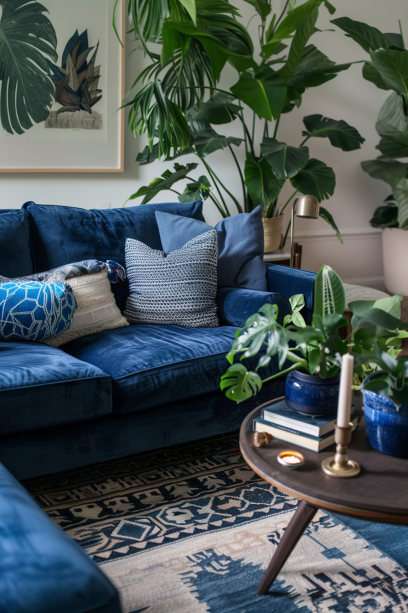
Rooms with Limited Windows
Low light plants will even do fine in rooms where windows are scarce or small.
Bathrooms, basements, any office devoid of large windows would do well to bring in a few hardy species.
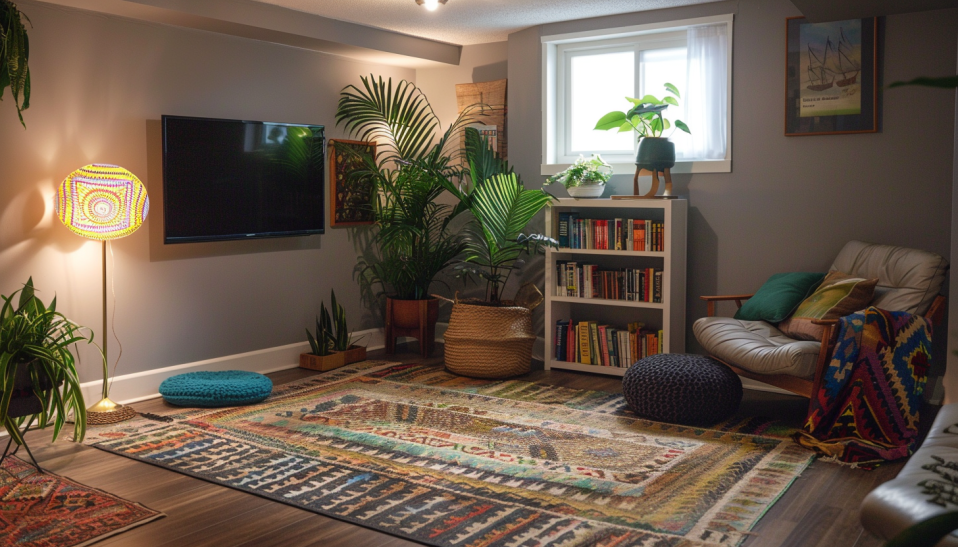
Making the most of low light: By tilting the chiku’s leaves, low light plants are able to make the most out of low light conditions.
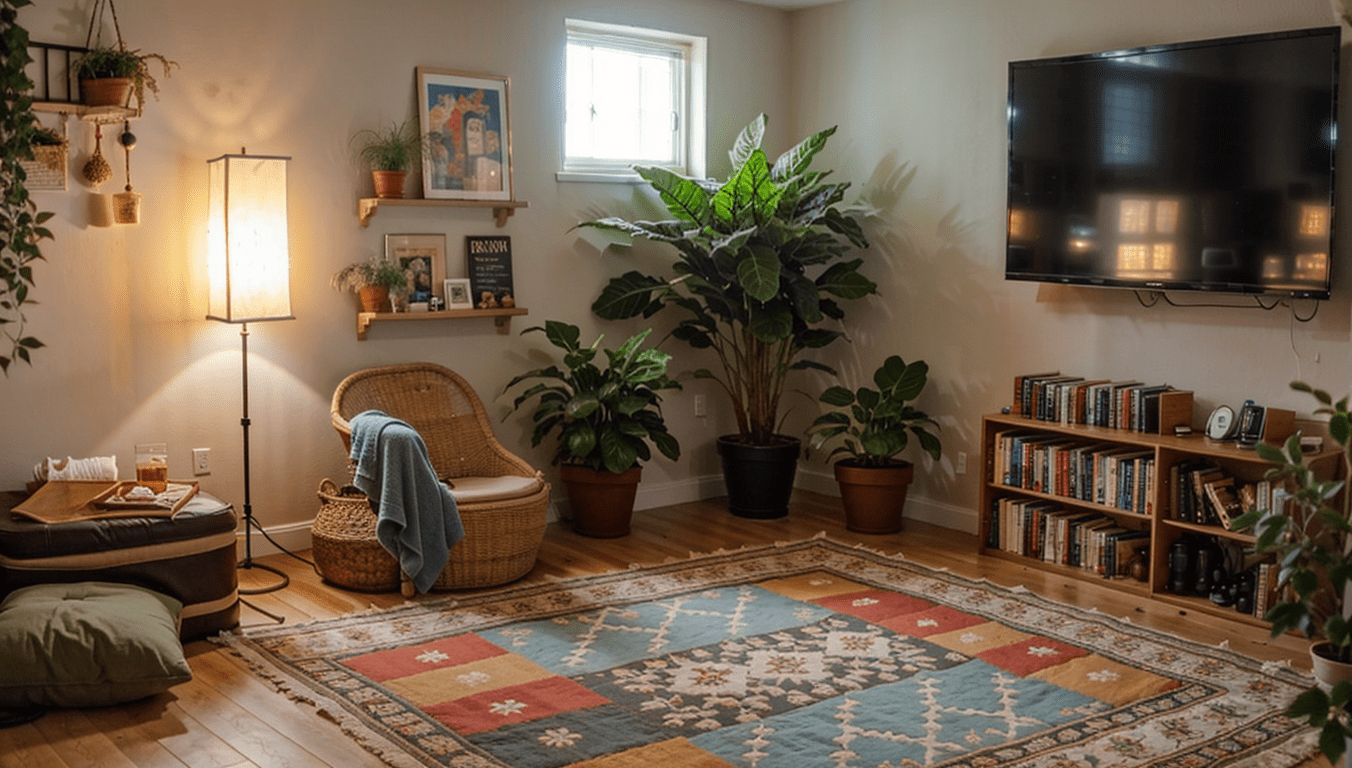
They have a low energy requirement and can perform photosynthesis with very low light.
Low-light winners: Peace Lily, Dracaena, Spider Plant. A room with just one small window? No problem.
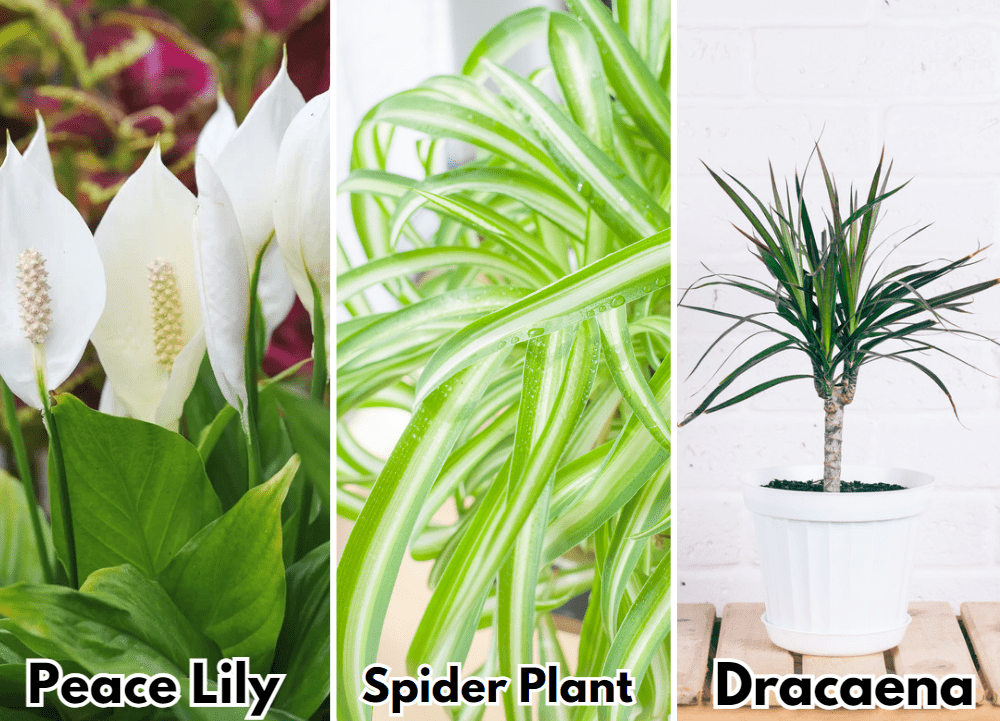
These plants not only thrive but often flourish with their fronds reaching for the light. These plants can make the bleakest of rooms come alive.
Supplemental Lighting: If your plants are not getting enough natural sunlight, the addition of artificial lighting, whether it be LED grow lights or similar light fixtures, can help supplement the little bit of natural light your plants are getting and help your plants stay healthy.
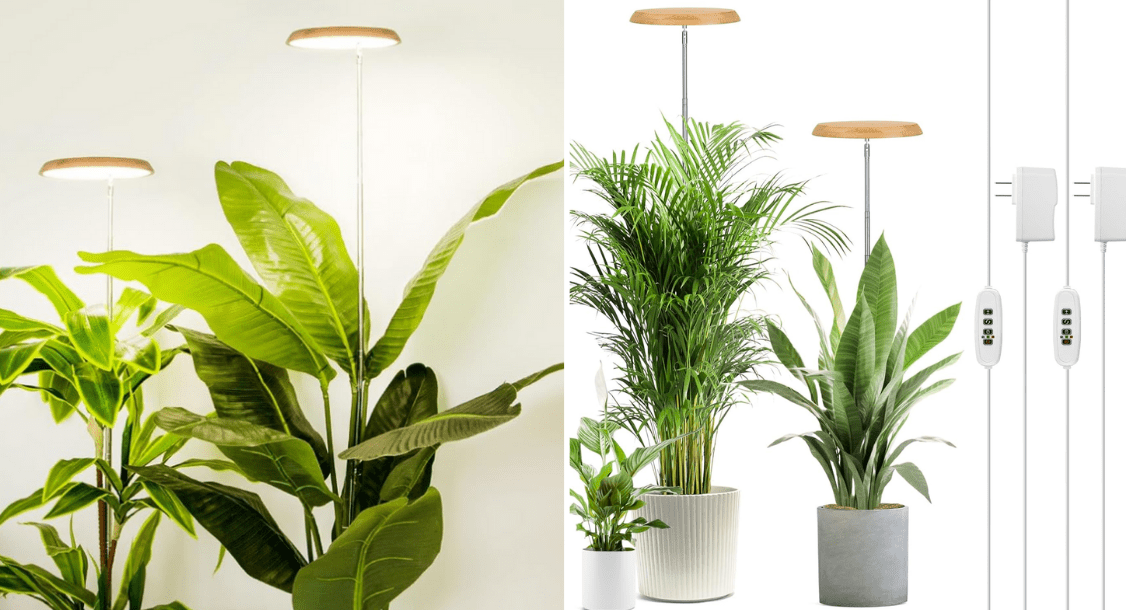
Practical Tips for Low Light Plant Care
Rotation
Even plants that grow best in low light need to be rotated an inch or two every now and again to make sure that they have light hitting all sides.
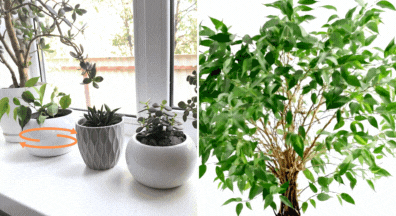
Moving plants to new spots from time to time (maybe once a week is good) can help to keep them even.
Watering
Because low light conditions translate to slower growth, therefore reduced watering means, avoid root rot when overwatering.
Water routinely but check if the soil is dry before watering.
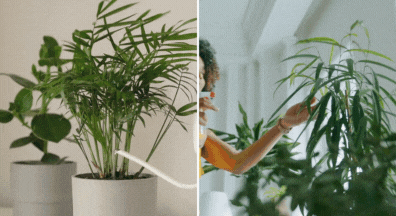
Cleaning
Dust might collect on the leaves of a plant, further reducing absorption of light, so wipe them down with a damp cloth from time to time.
Monitoring
Carefully observe the health and vigour of your plants. If the leaves start to yellow, become floppy, or just won’t stay upright. or fail to get plate-size, blame an insufficiency of light.
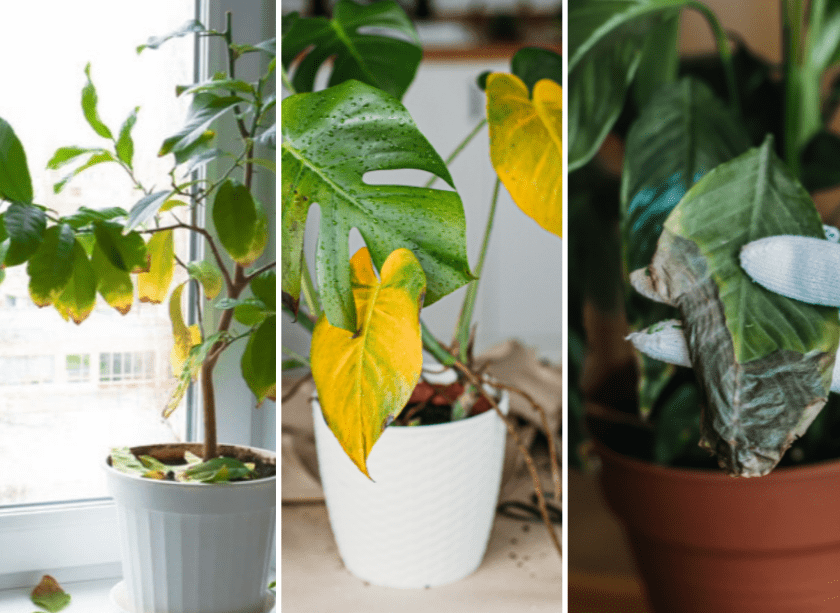
If you see these problems, try bringing the plant a little closer to the light, even if it is still indirect.
Common Issues and Troubleshooting
Though low light indoor plants are tough and easy to keep up with, they’re not immune to common problems.
Armed with this understanding, and how to fix these issues, you’ll have greens that live on and grow.
Yellowing Leaves
Yellow leaves can be the result of so many different factors and conditions – which mostly need different corrective measures – that it’s vital to understand the pathology behind it.
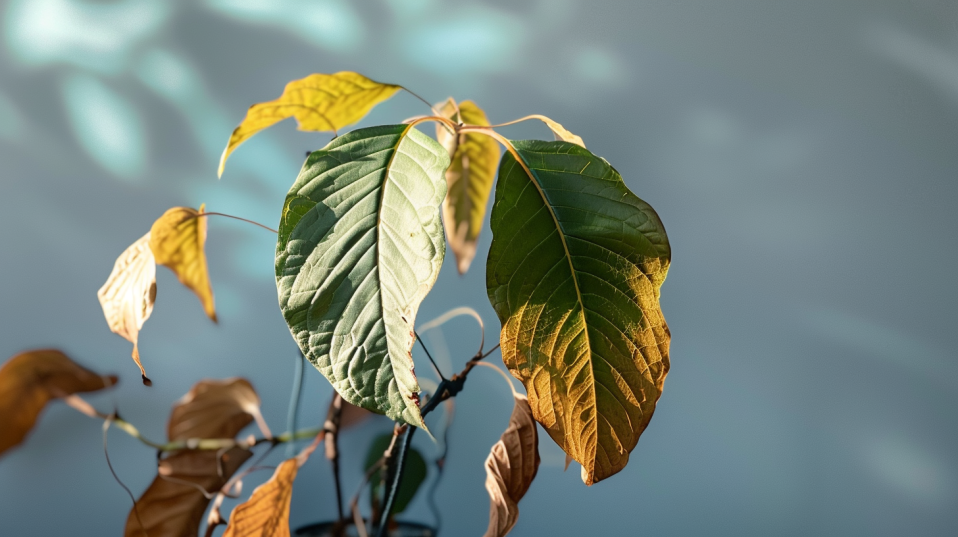
Overwatering
Problem: Too much water can cause root rot, which starves the roots of oxygen, causing leaves to yellow.
Solution: Make sure the pot has good drainage. Wait until the soil at the top of the pot is dry before the next watering.
Use a soil mix with good drainage so there is no water puddling in the bottom of the pot.
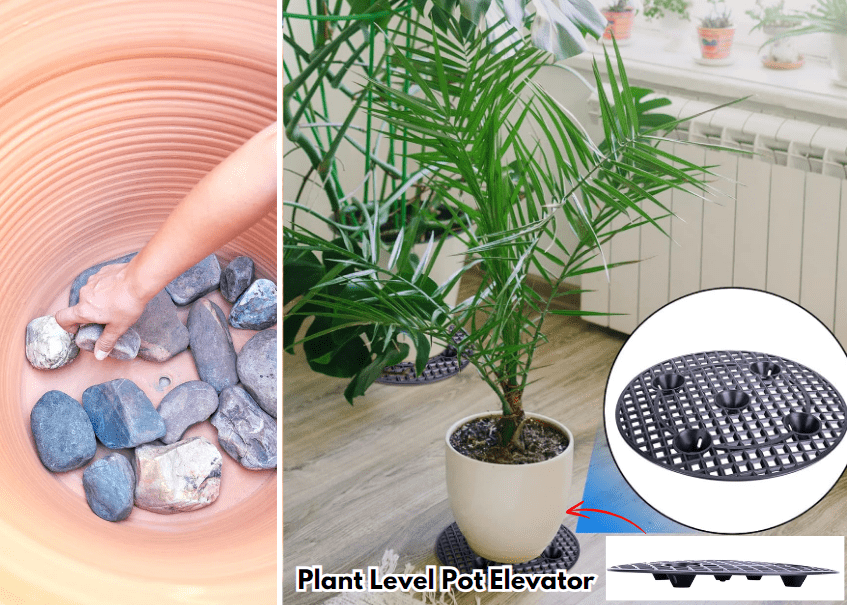
Underwatering
Issue: Similarly, underwatering can reduce leaf nutrients and cause leaves to yellow and subsequently fall.
Solution: Check soil moisture regularly. Water the plant thoroughly when topsoil is dry. It’s OK to let the plant sit in standing water.
Lack of Light
Problem: Some light is necessary for even low light plants to photosynthesise. Without sufficient light, a plant can become weak, its leaves turn yellow.
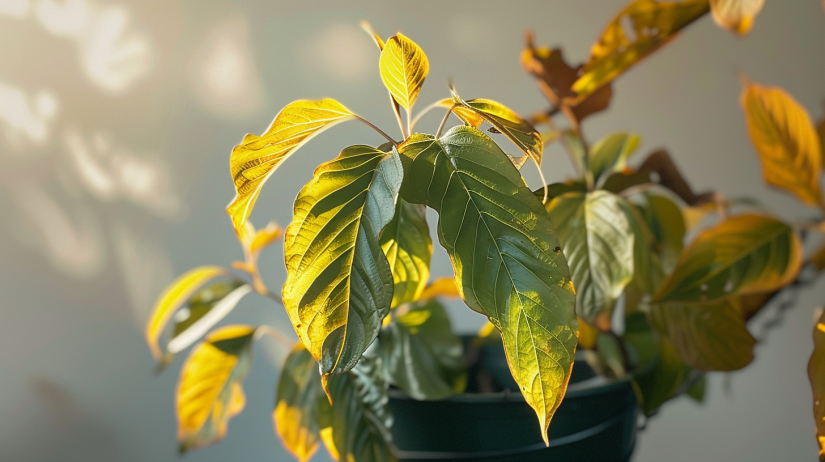
Solution: Move the plant to a brighter location, or closer to an indirect light source. If light is very limited, supplement with a grow light.
Nutrient Deficiency
Yellowing can be the result of nutrient deficiencies – a lack of nitrogen, potassium or iron, to name a few.
Solution: Every couple of months, water with a balanced water-soluble fertiliser (as directed by the package).
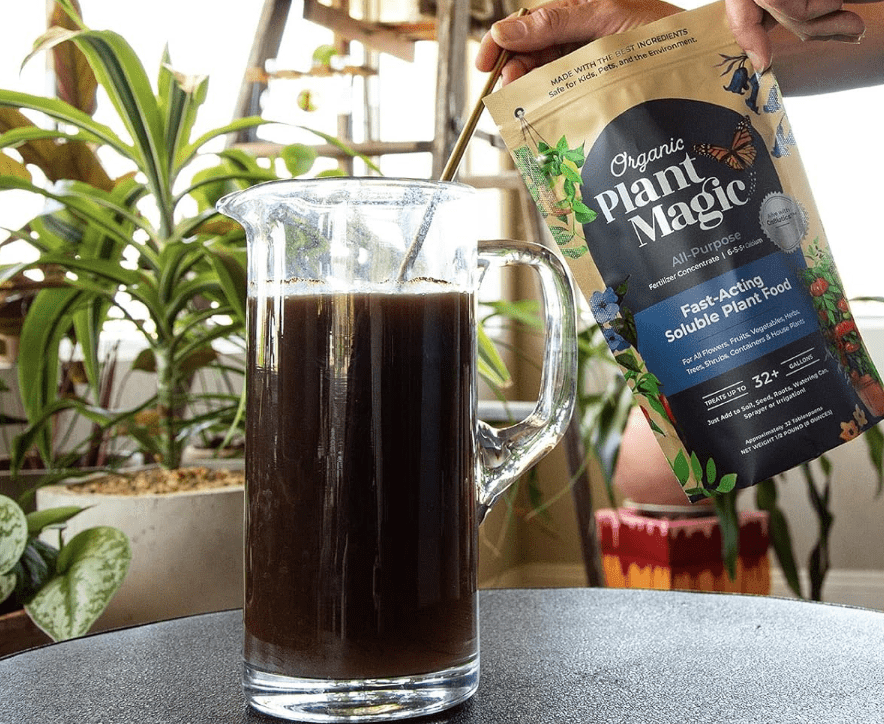
Aging
Problem: Sometimes, as a natural part of the life cycle of the plant, older leaves turn yellow and drop. (and that’s okay)
Solve: Trim back the yellowing leaves to make way for new growth, and to keep your plant looking neat.
Root Rot
Low light plants, especially, are much more likely to have root rot, often the result of overwatering or poor drainage.
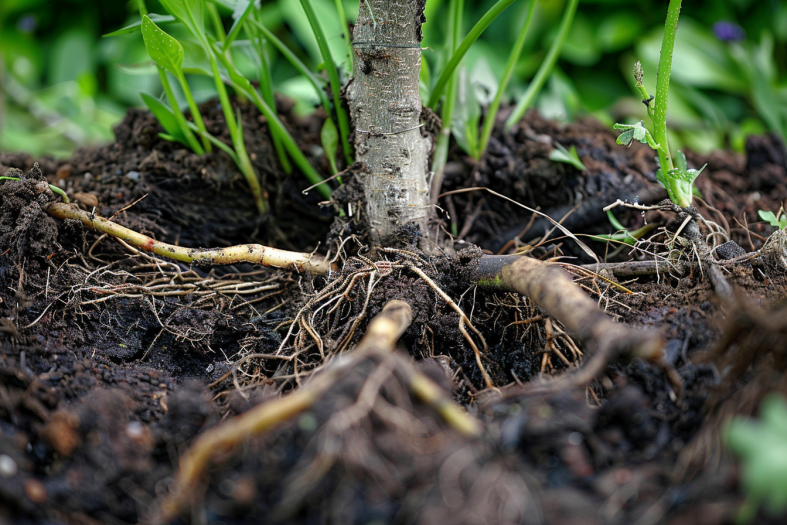
Symptoms: If the soil is moist but plant is wilting, and the roots look squishy and smell bad, chances are you have root rot 🙁
Prevention:
Proper Watering: Avoid overwatering and let the soil dry out between waterings.
Drainage: Use pots with drainage holes, and ensure the soil mix is well-draining.
Air Flow: Move the plants outdoors to increase air circulation. This will improve drying after watering.
Treatment:
Remove Affected Roots: Dig the plant up, and expose the roots. Using sterilised scissors, excise any rotten, mushy roots that have blackened and dried.
Repot: Dig the healthy roots off the dead ones and plant in the new pot with dry soil. Always pot in a good drainage pot and first solemnise the bondage by not watering the repotted plants.
Water Management: Adjust your watering schedule to prevent recurrence.
Save Infographic Section
